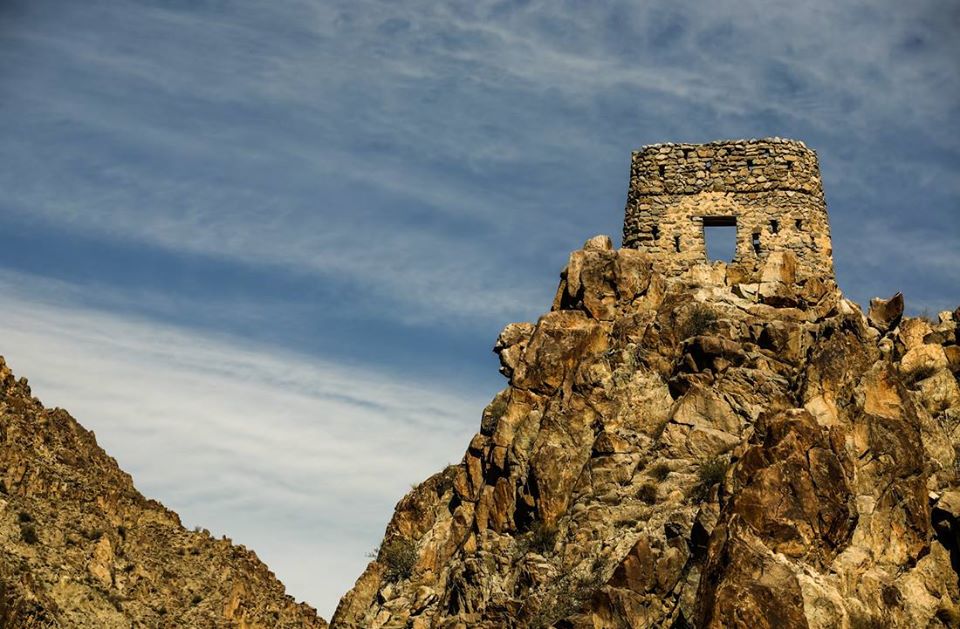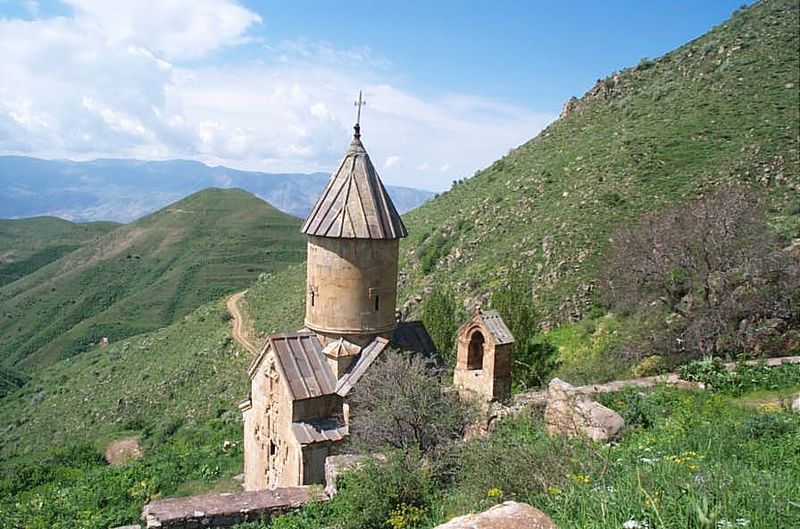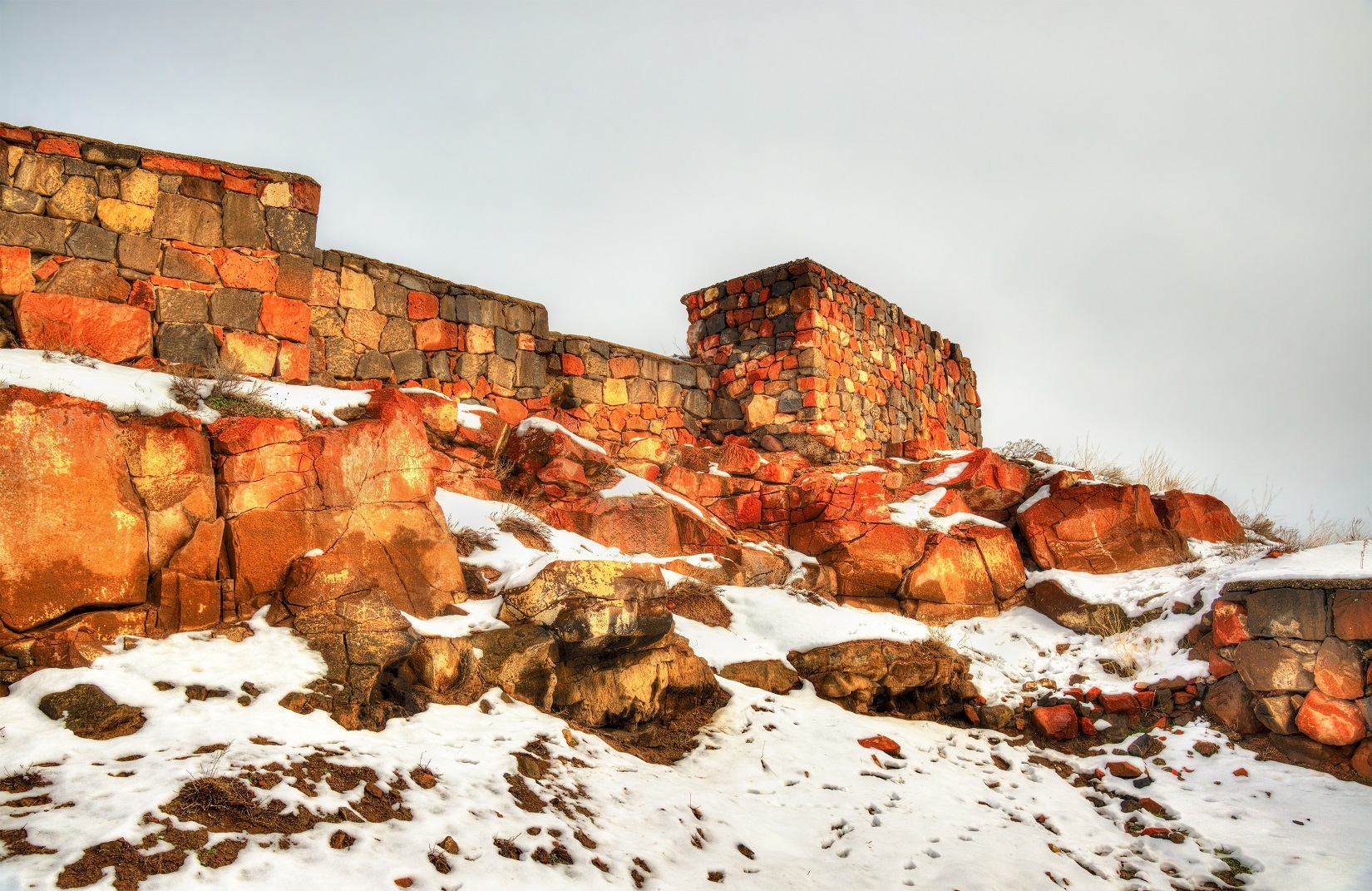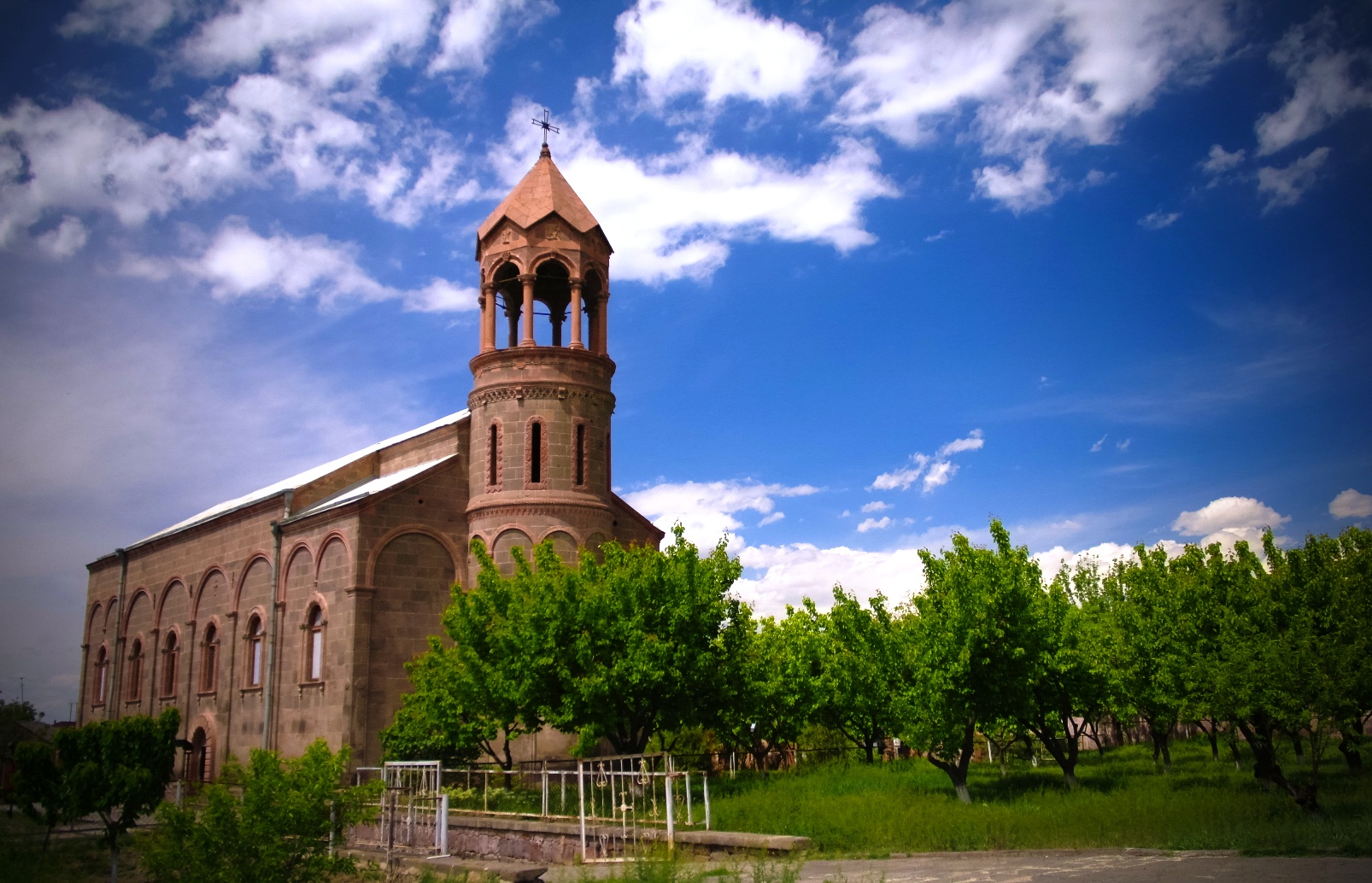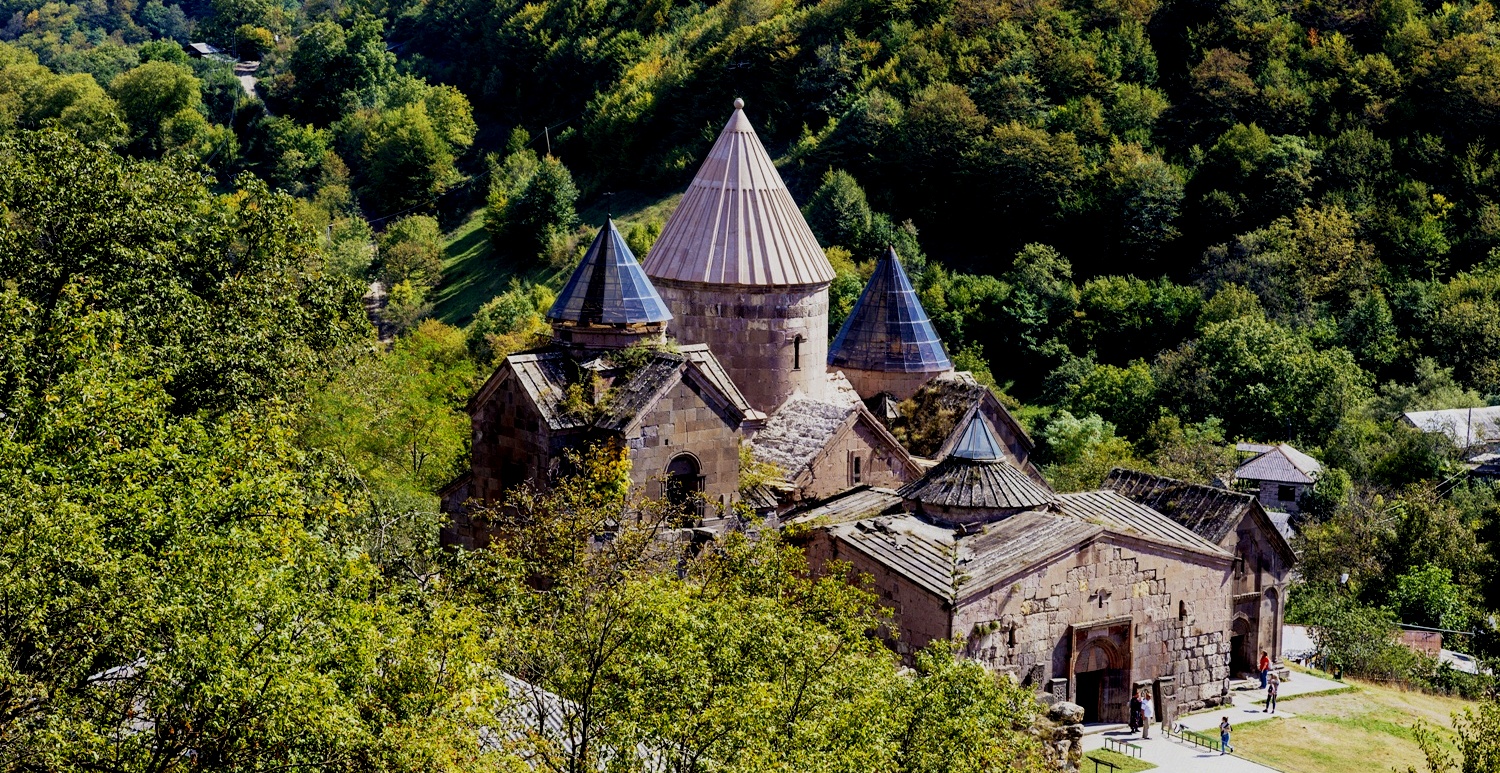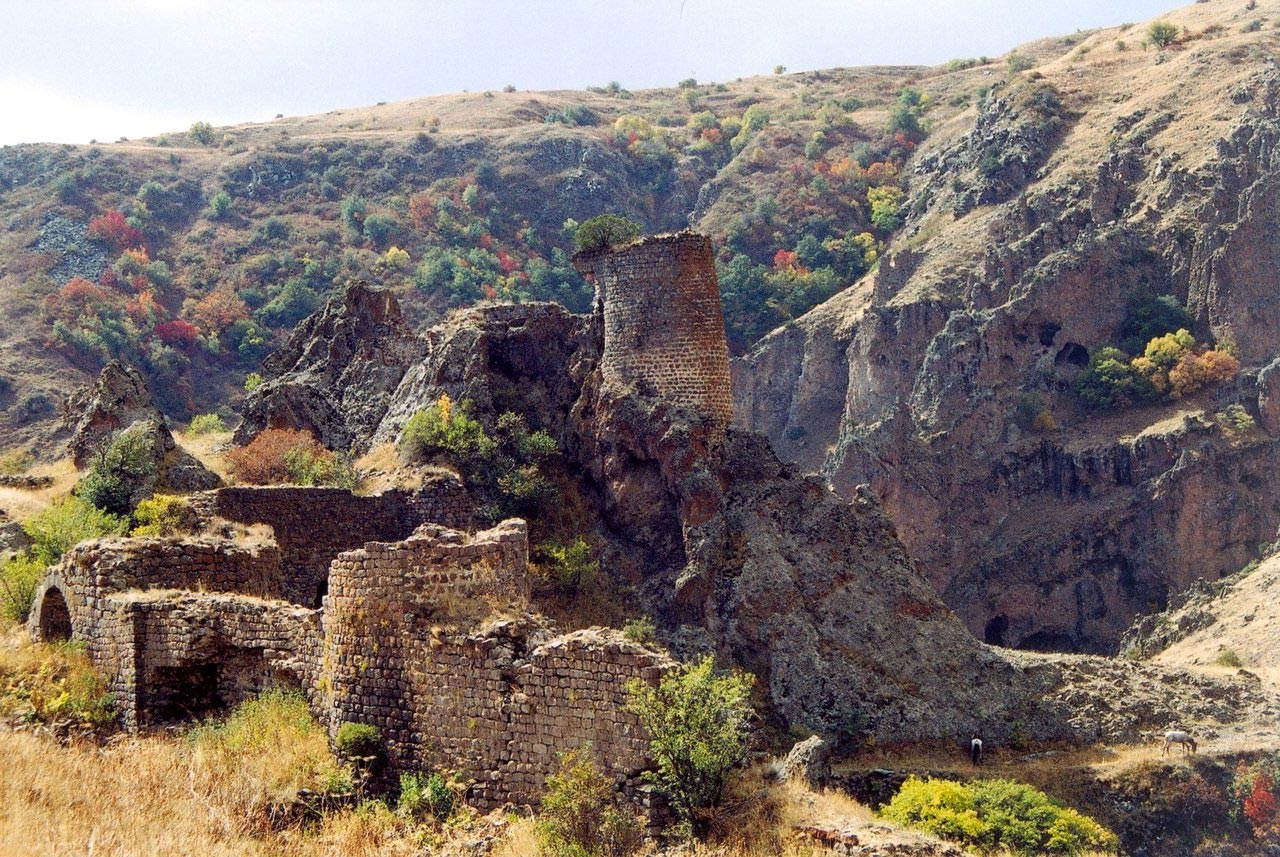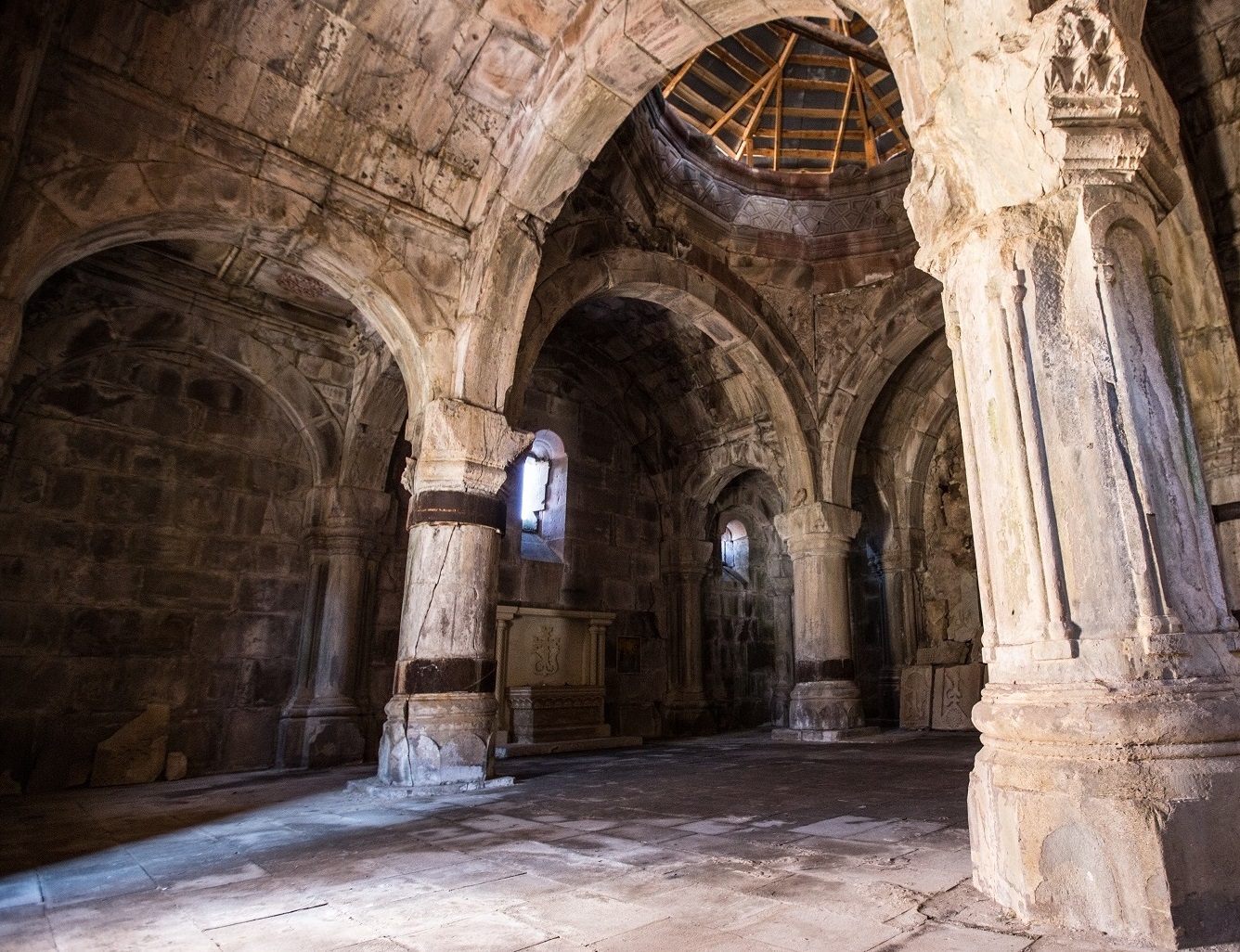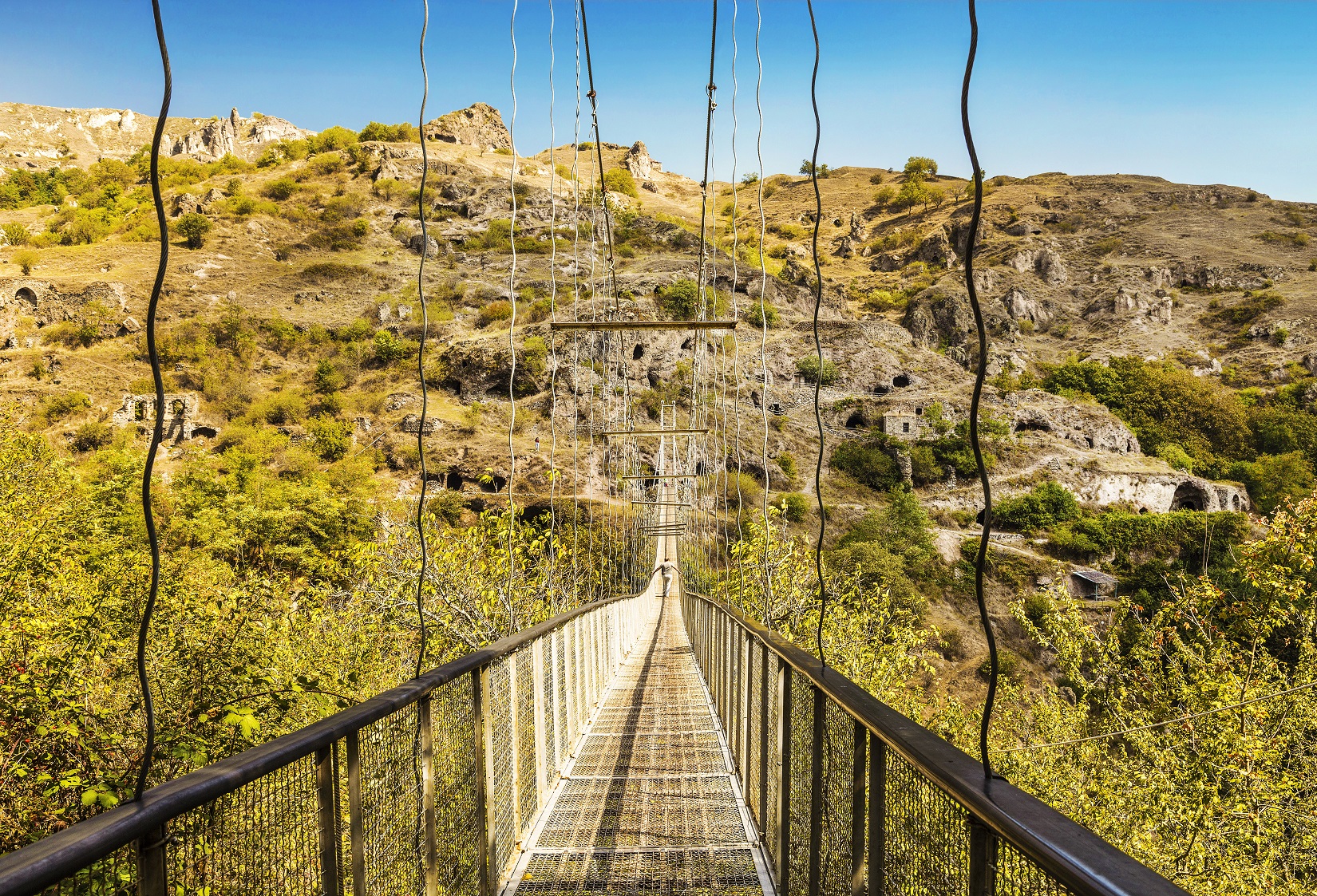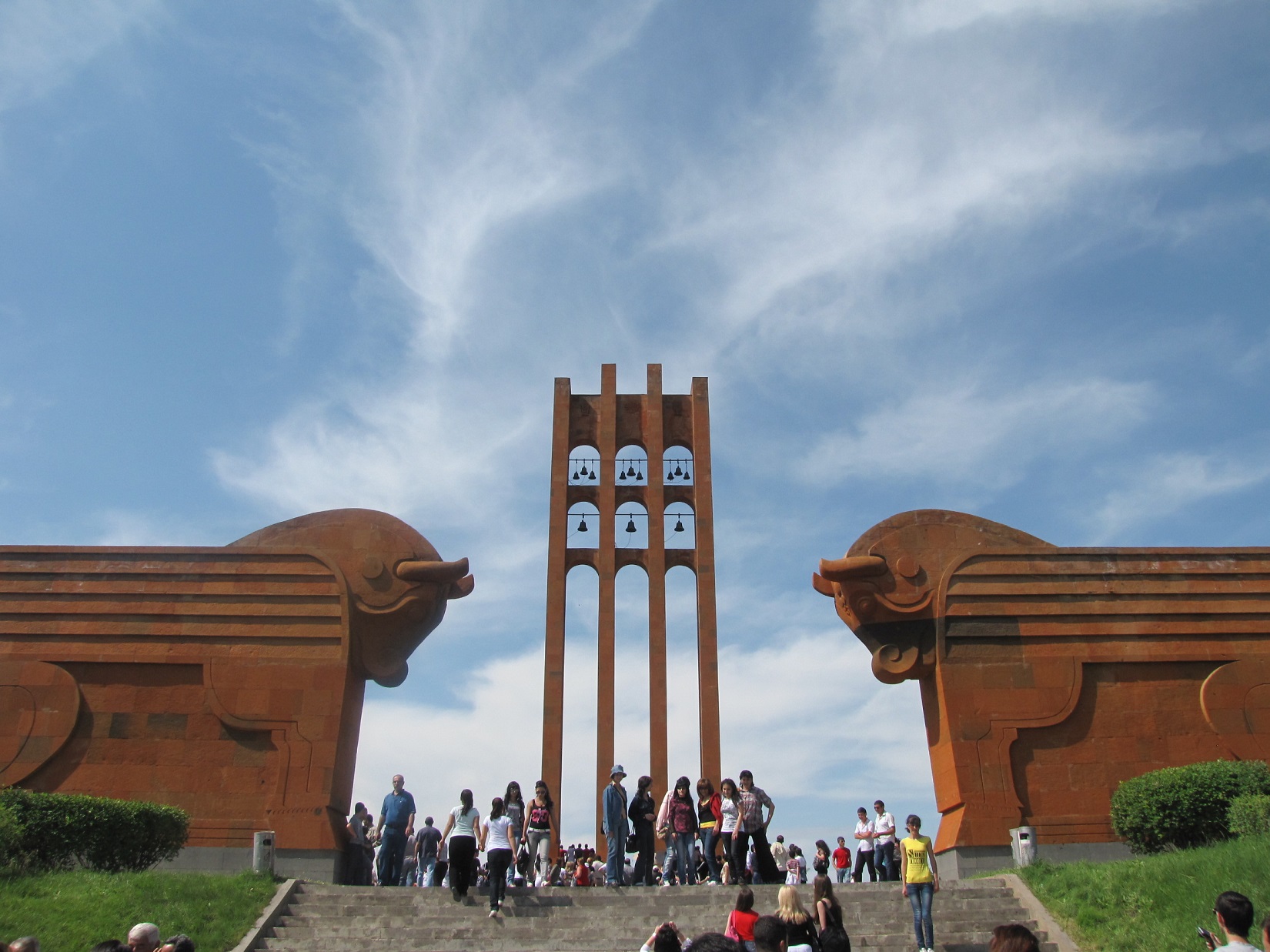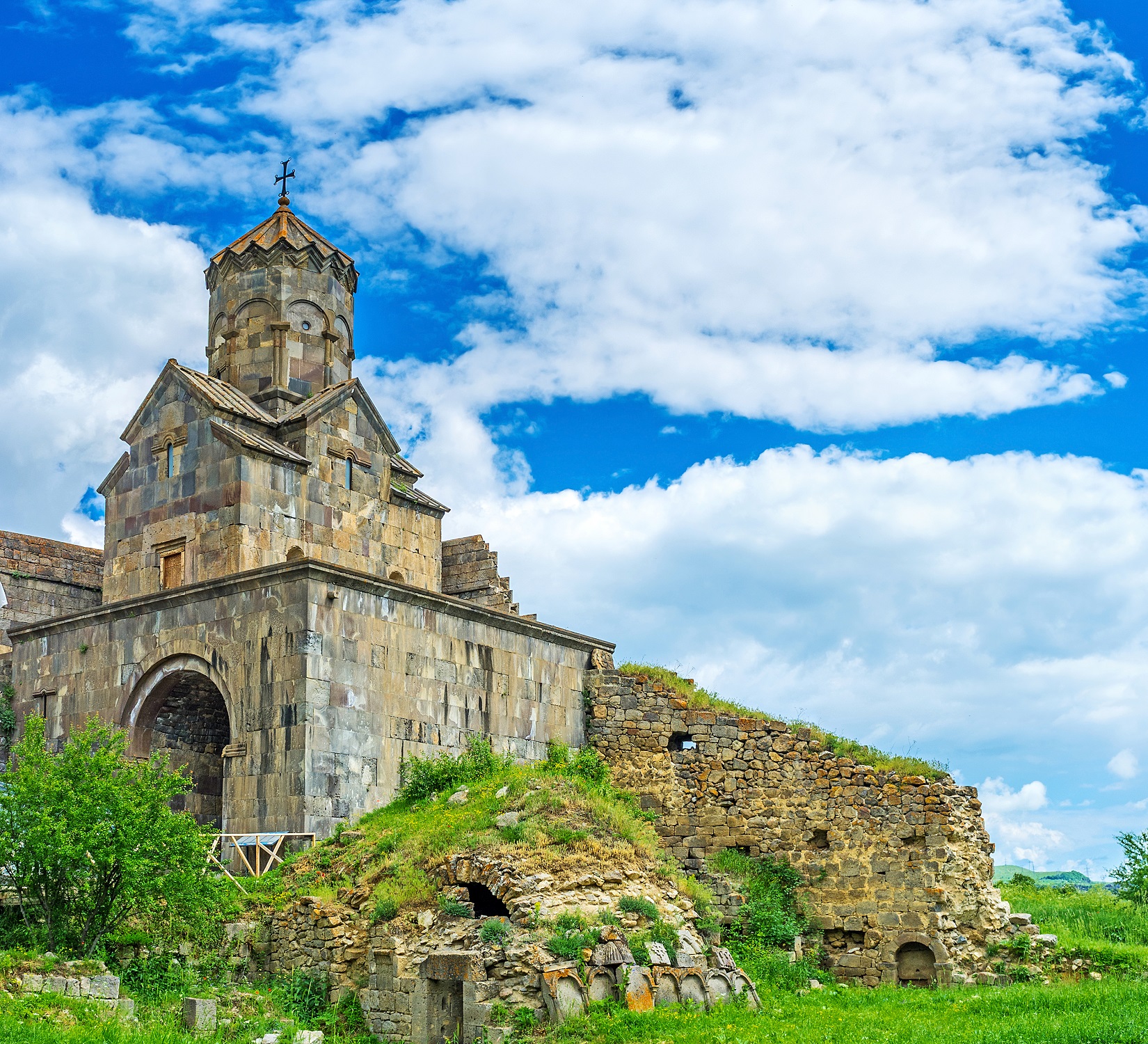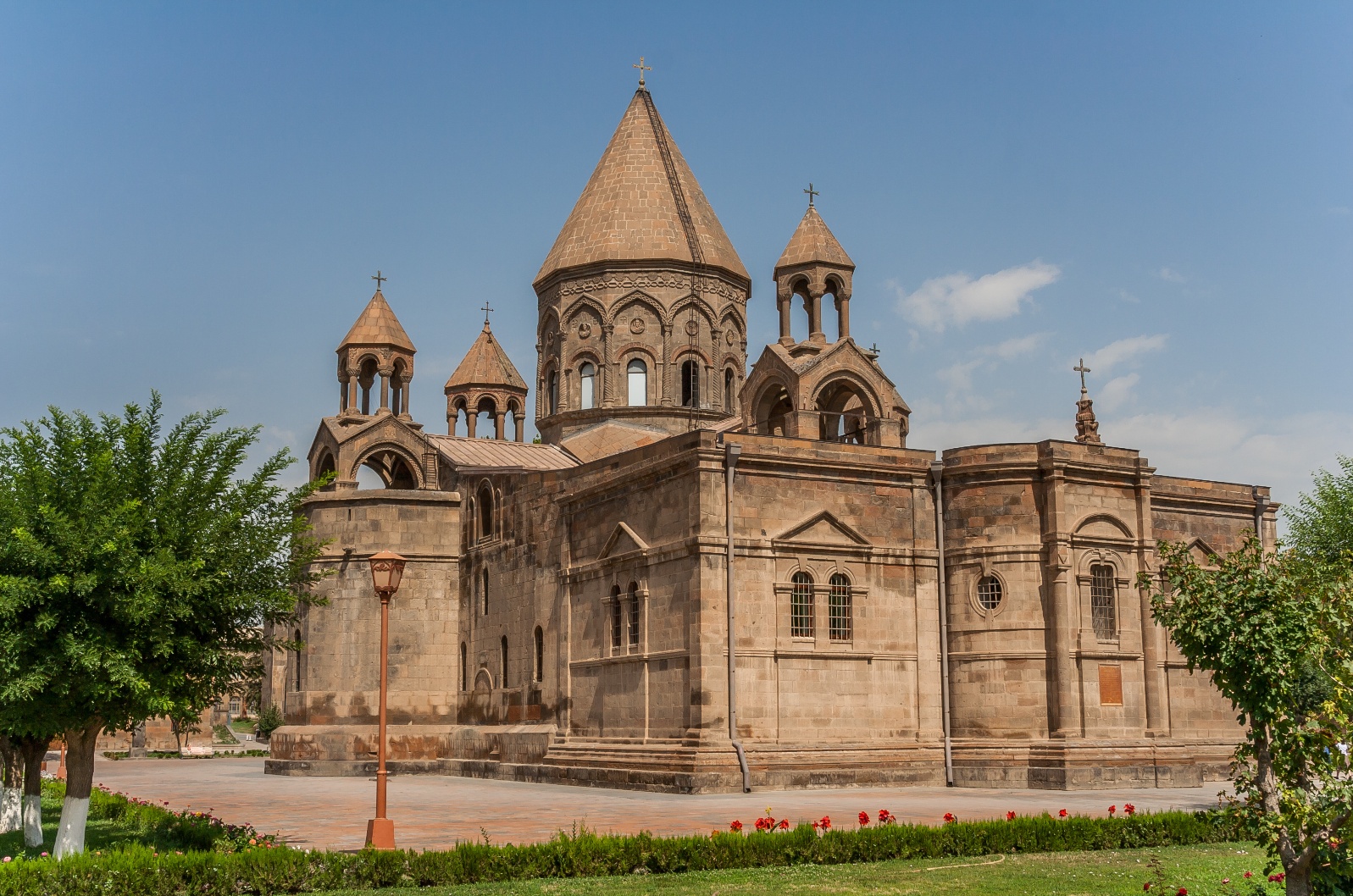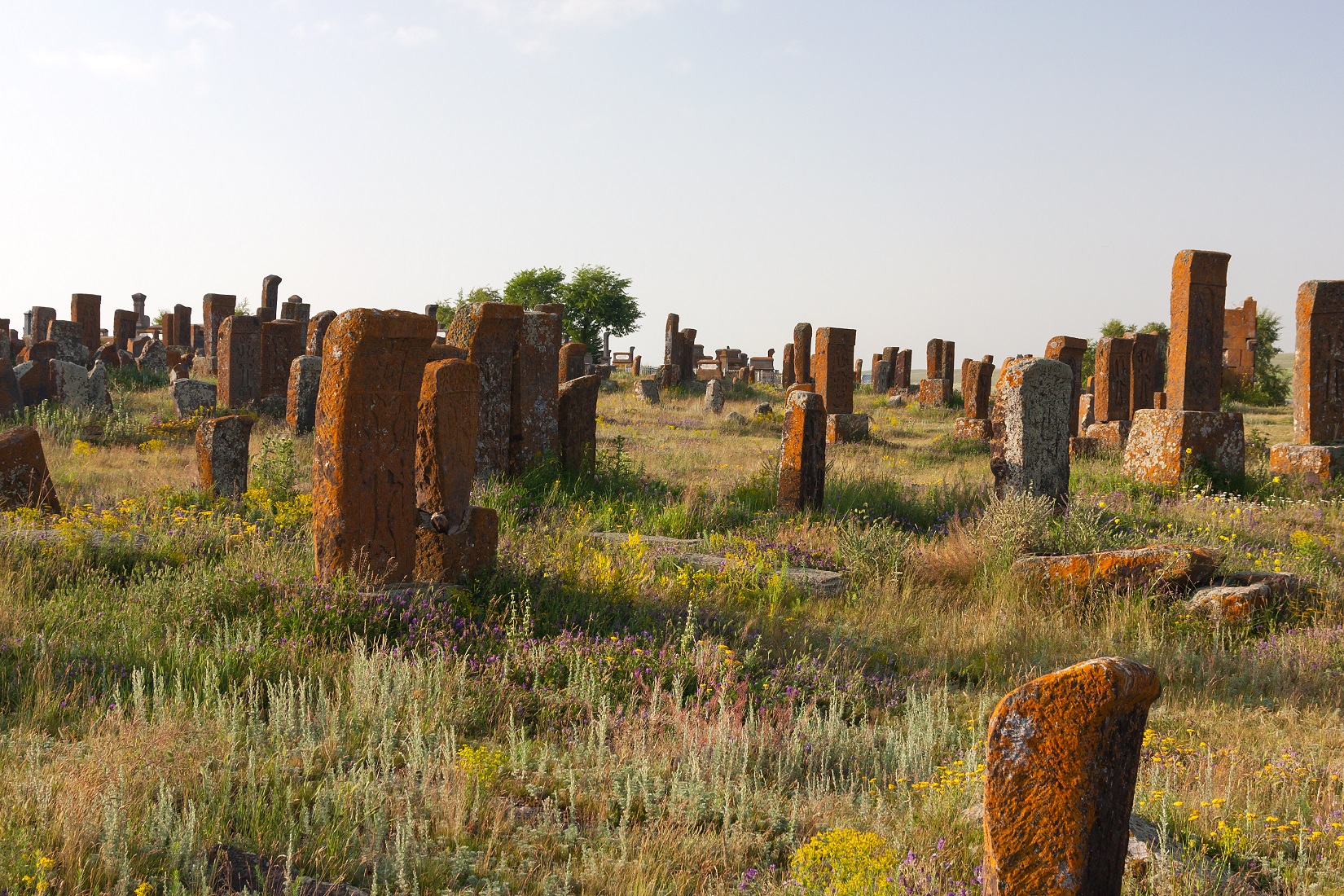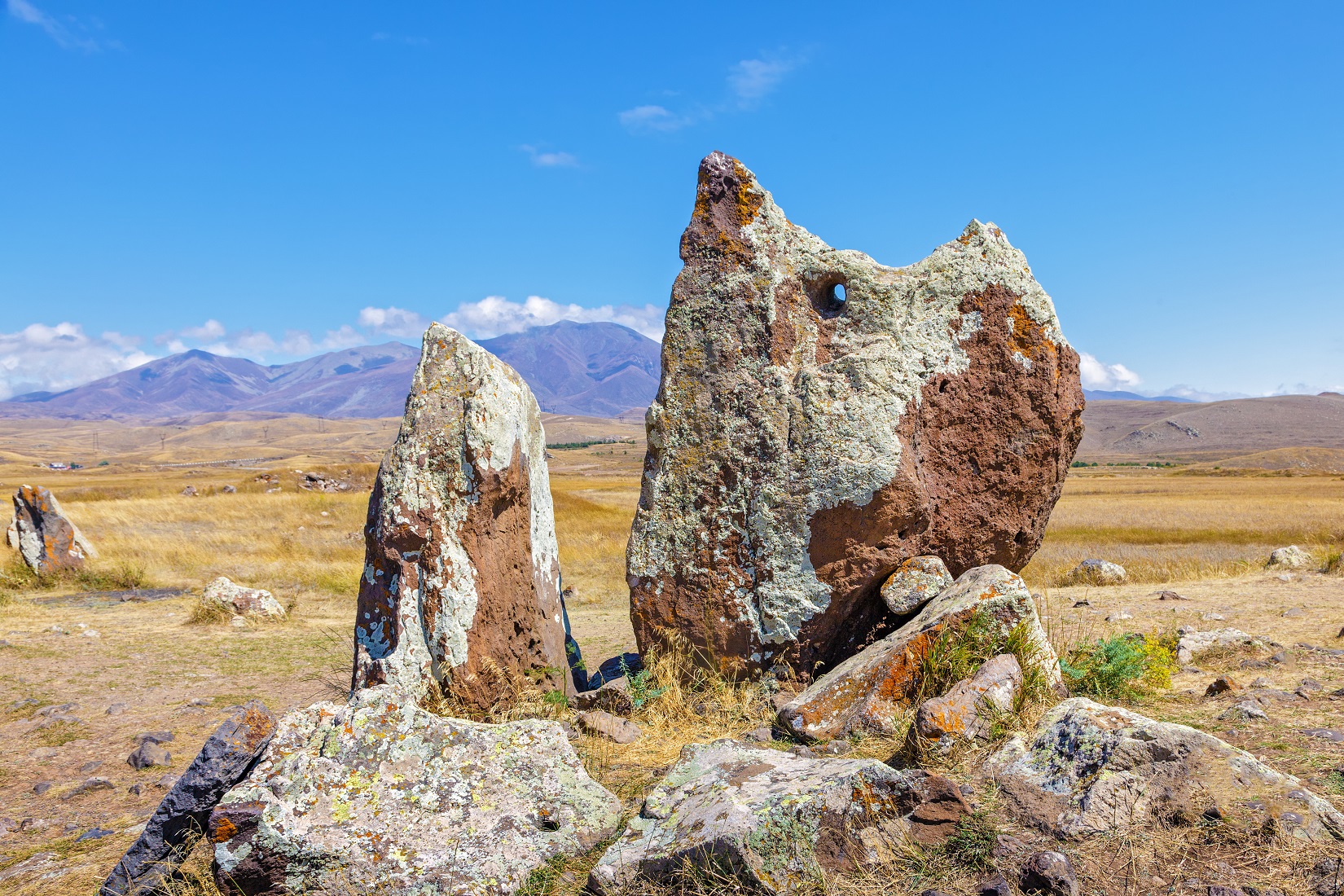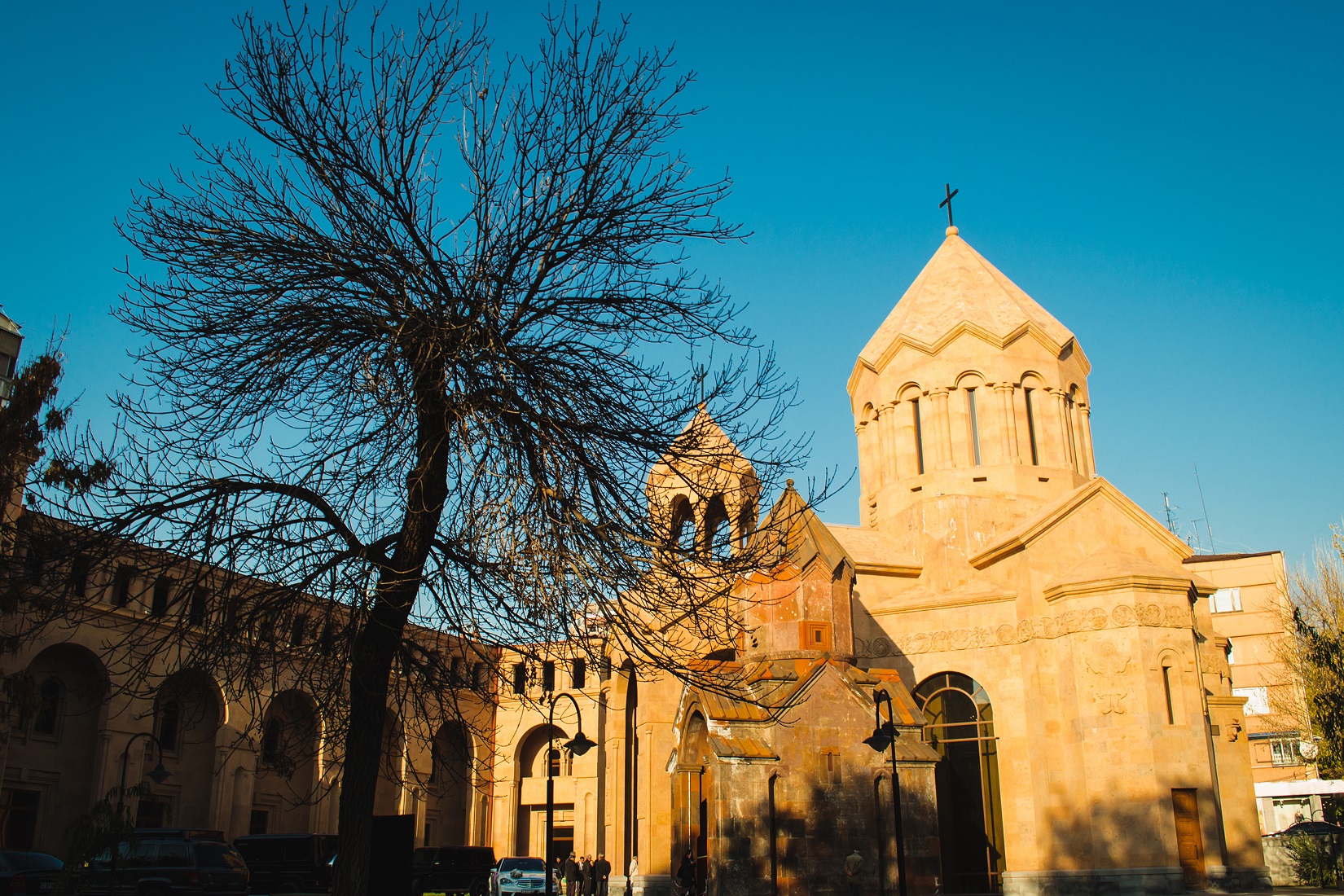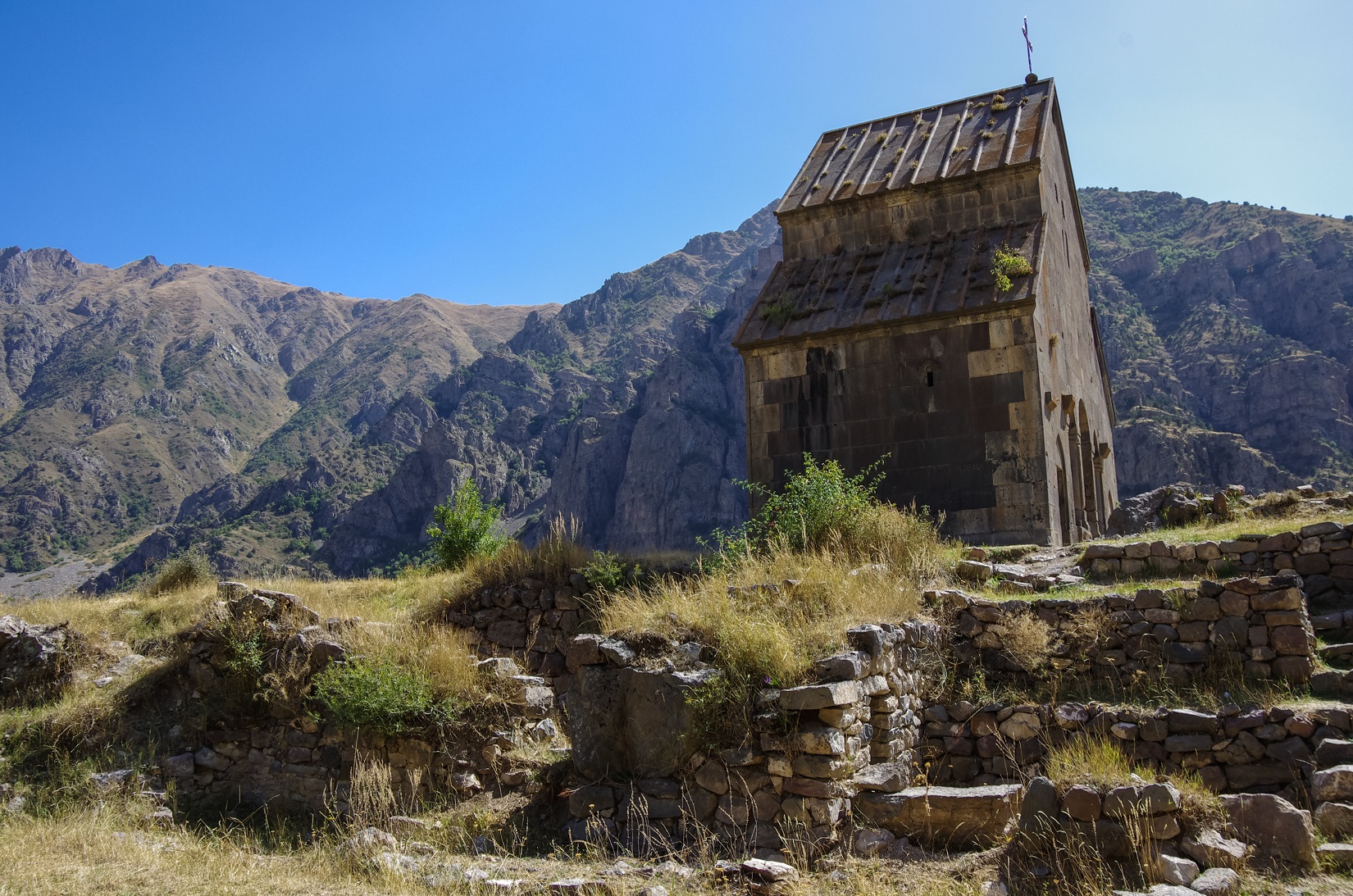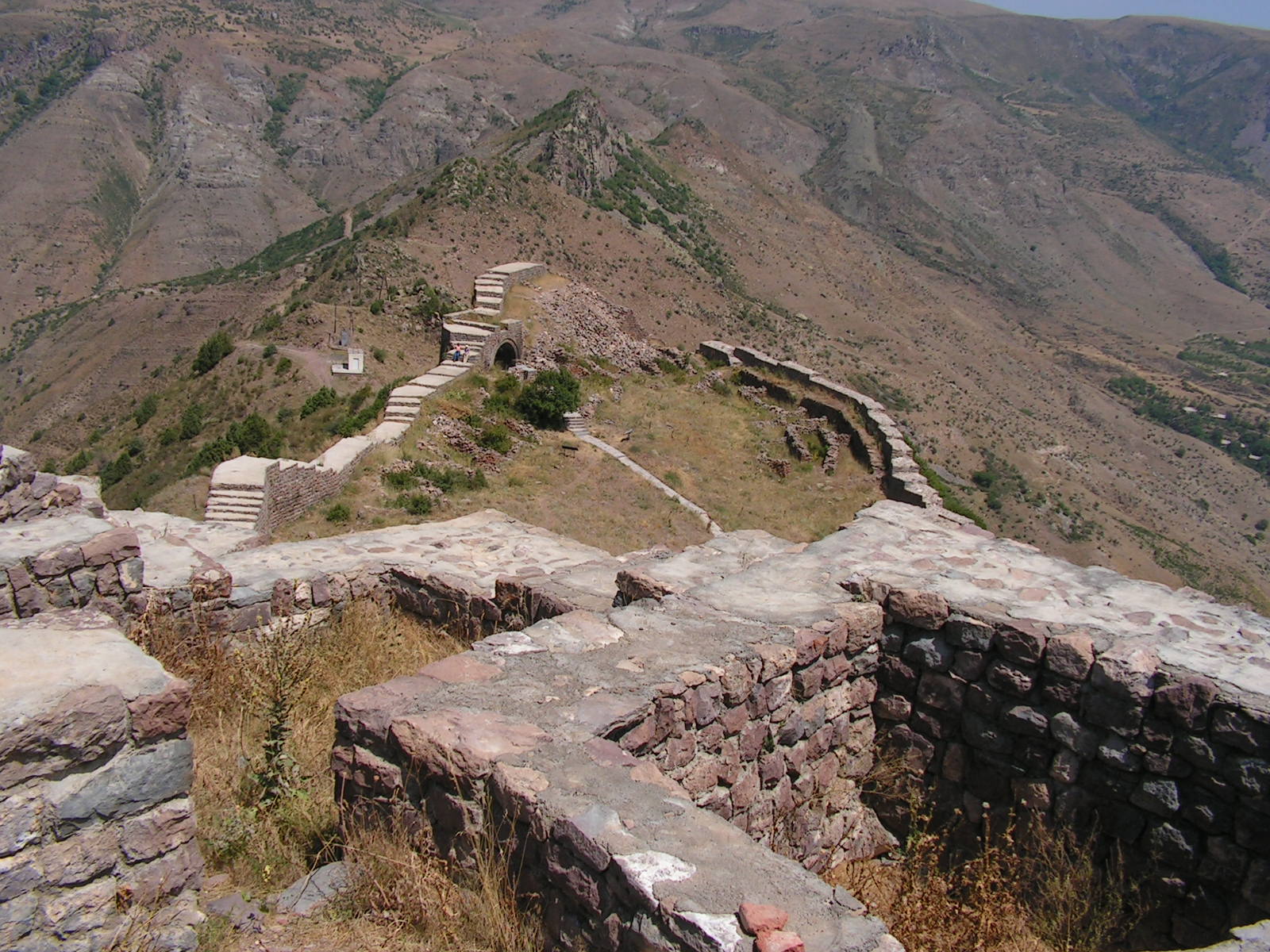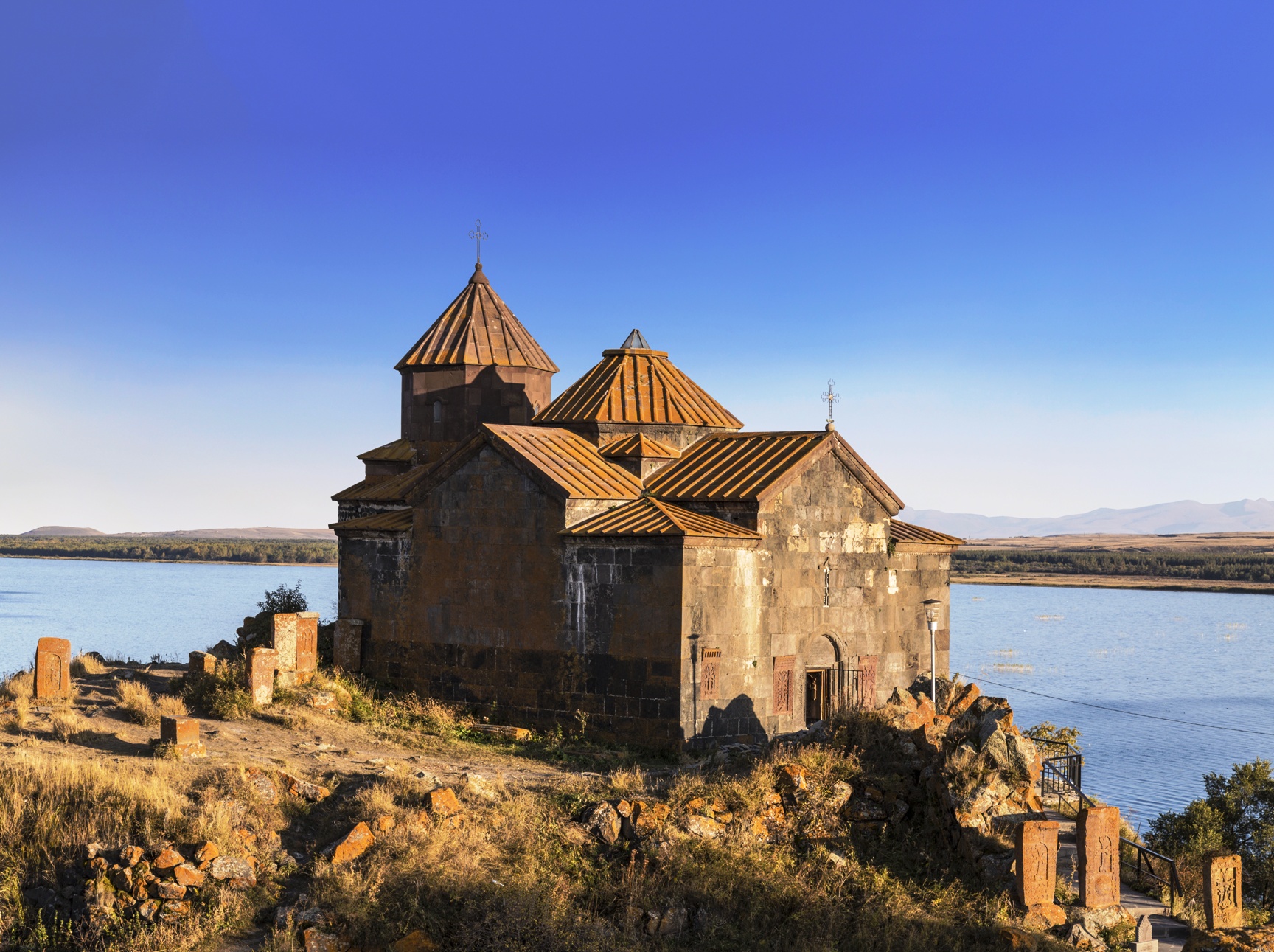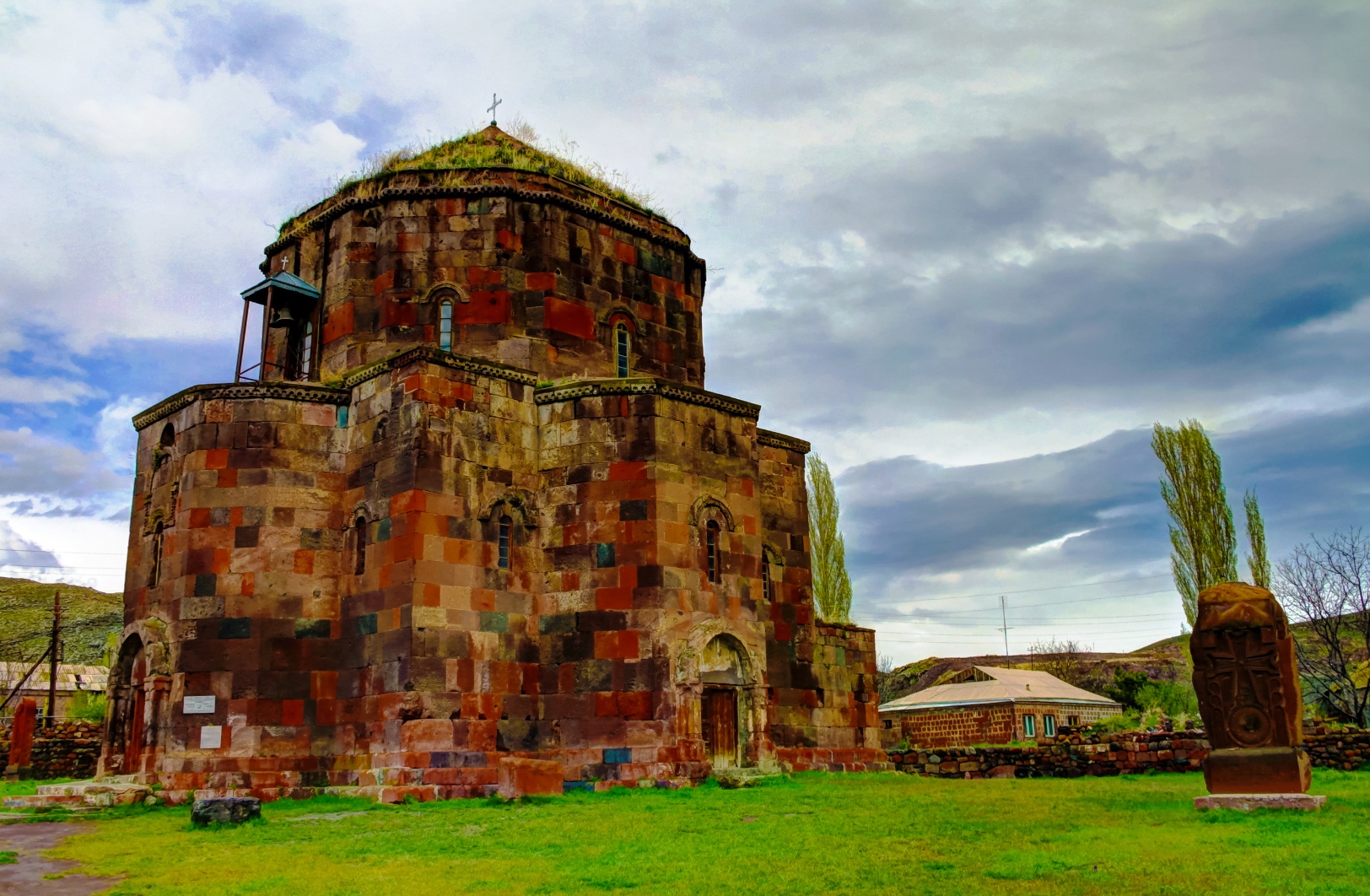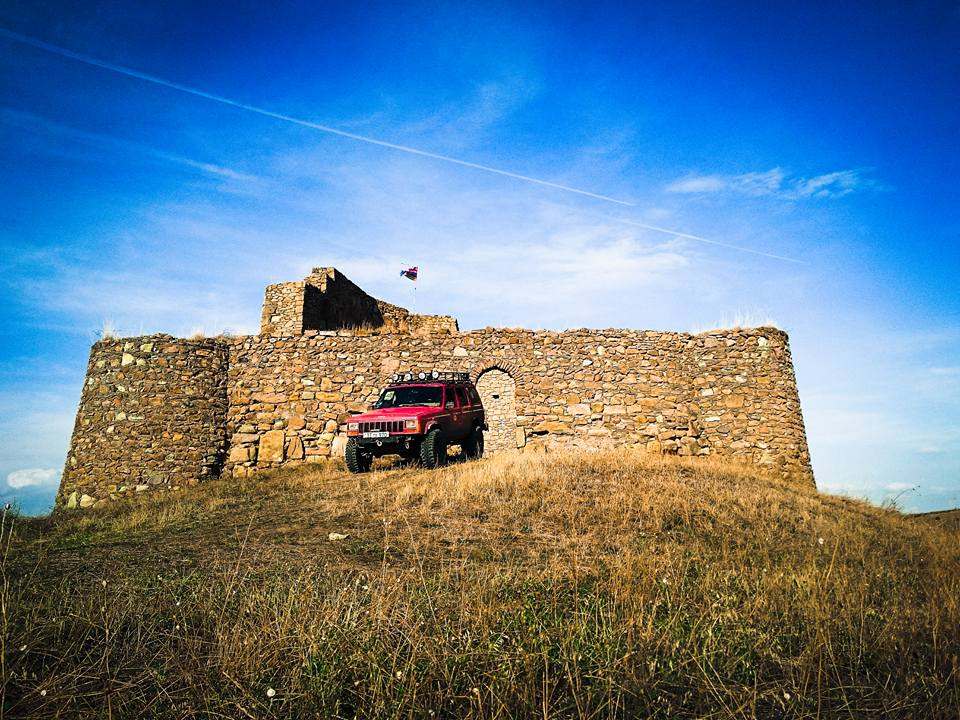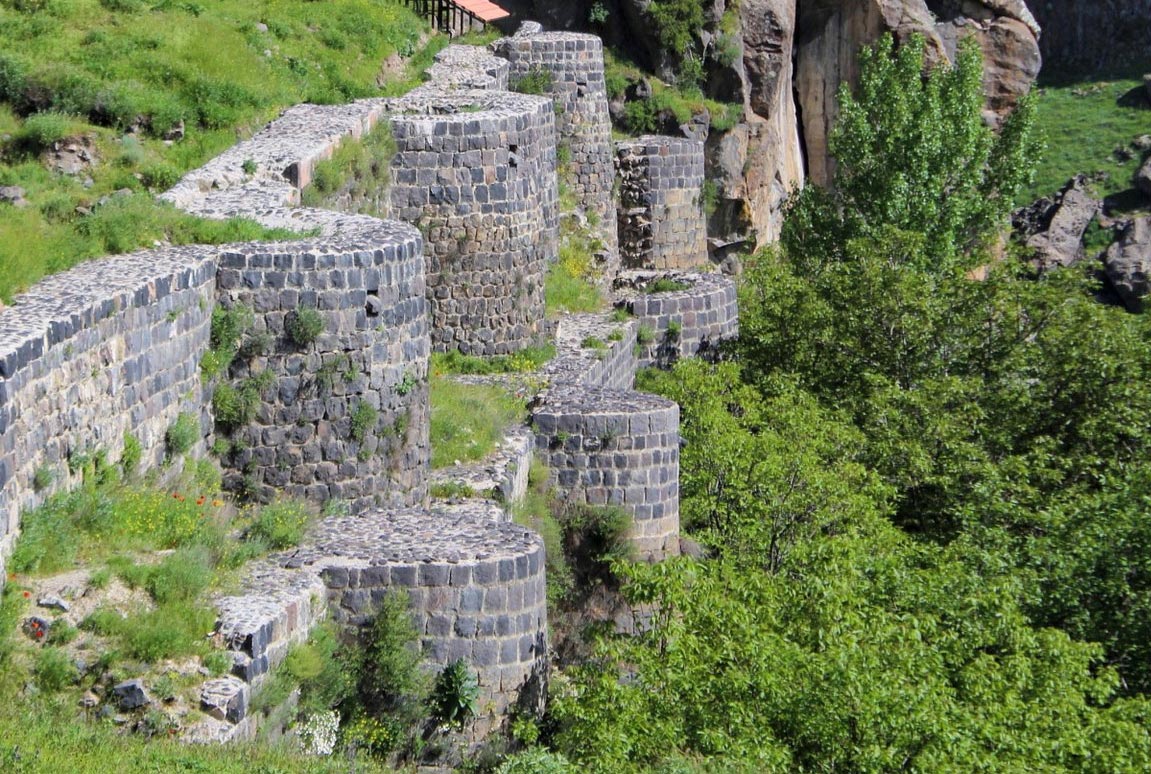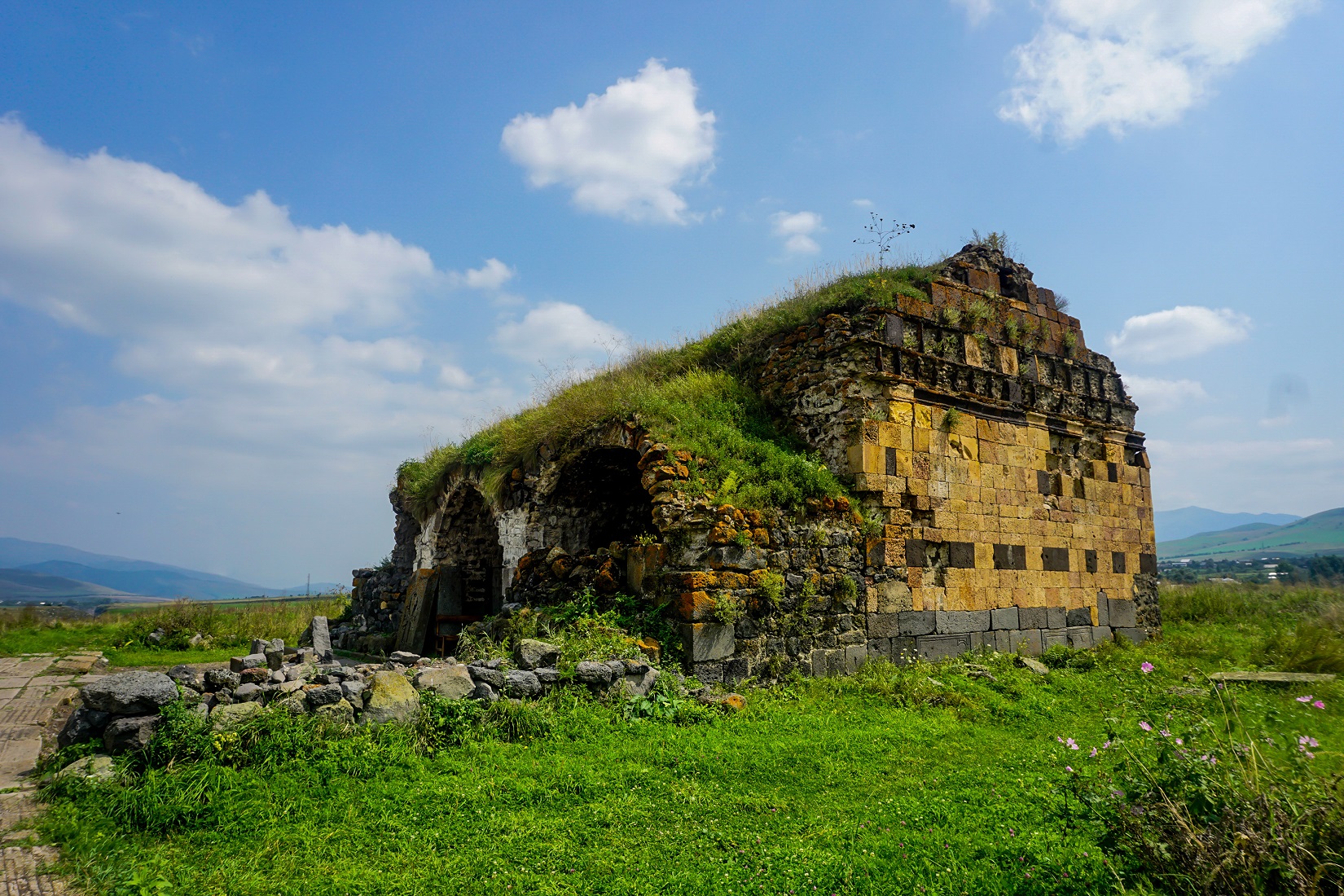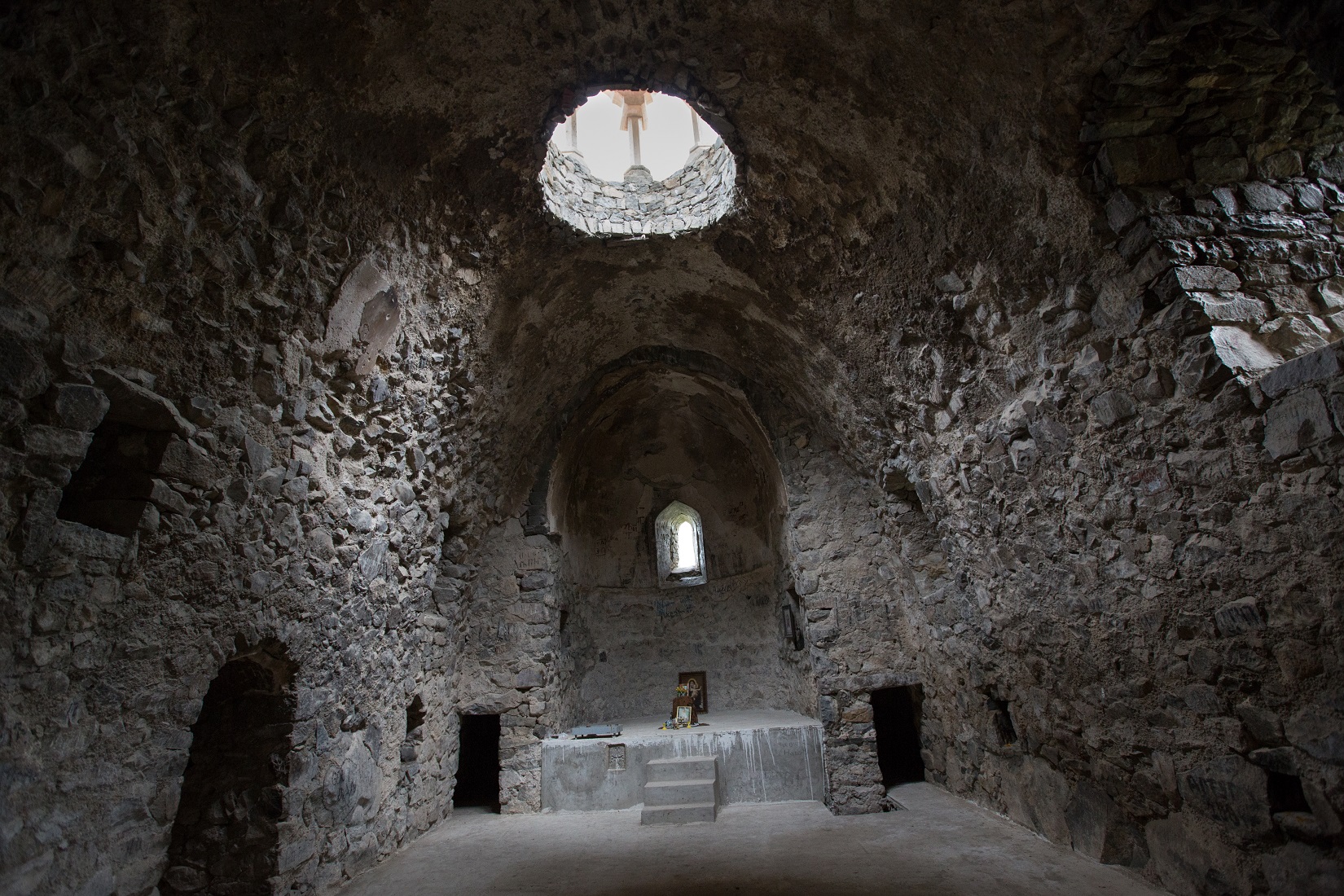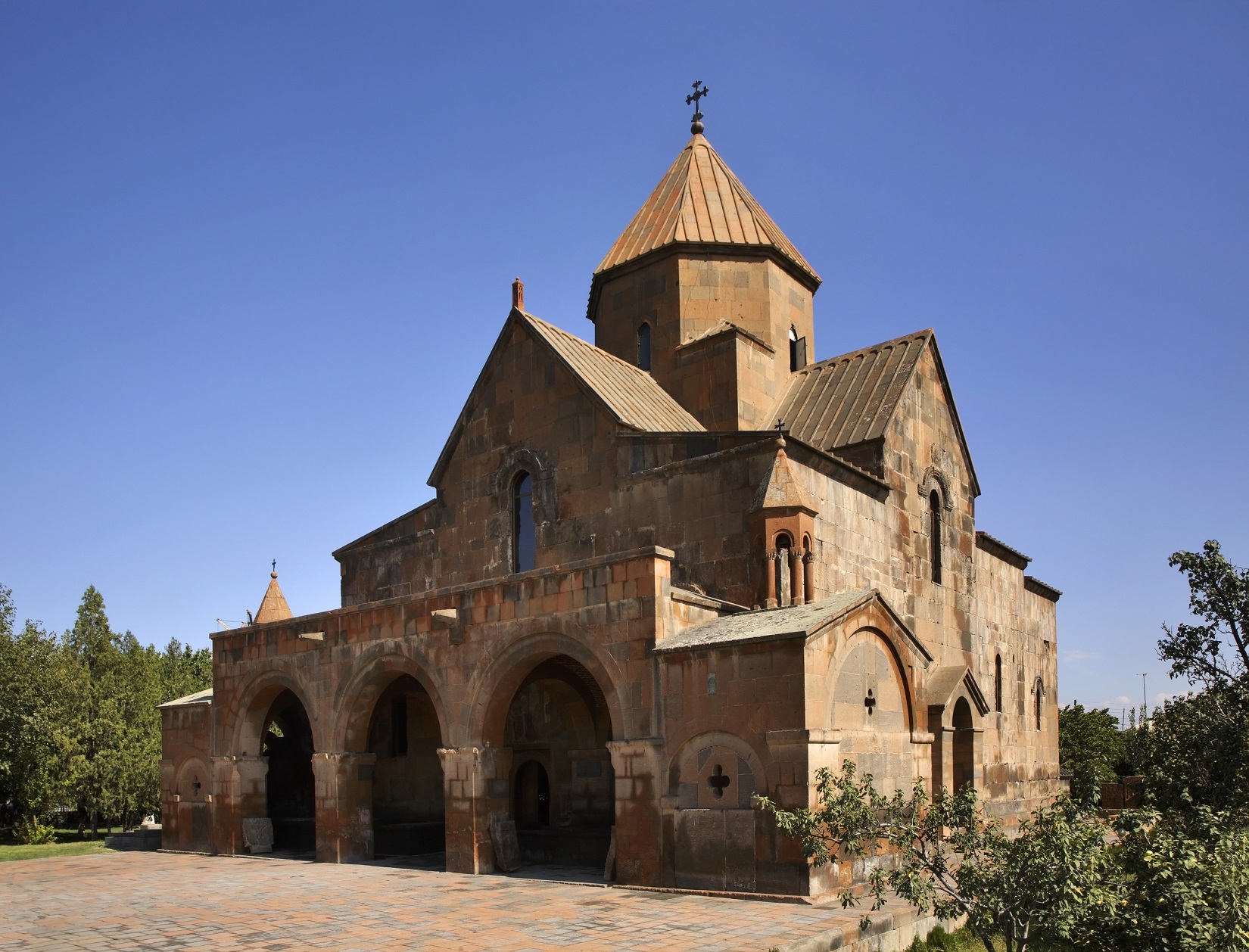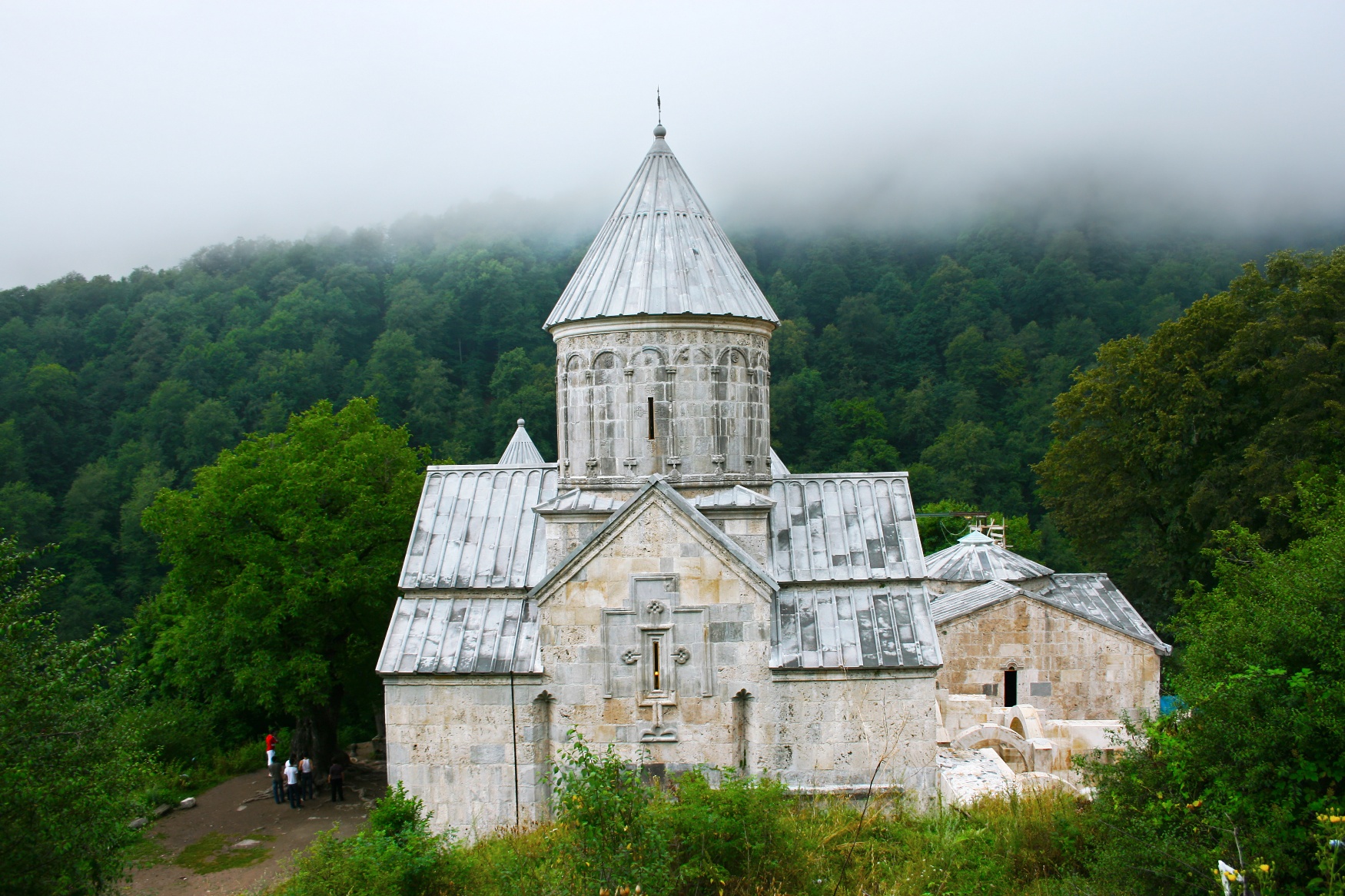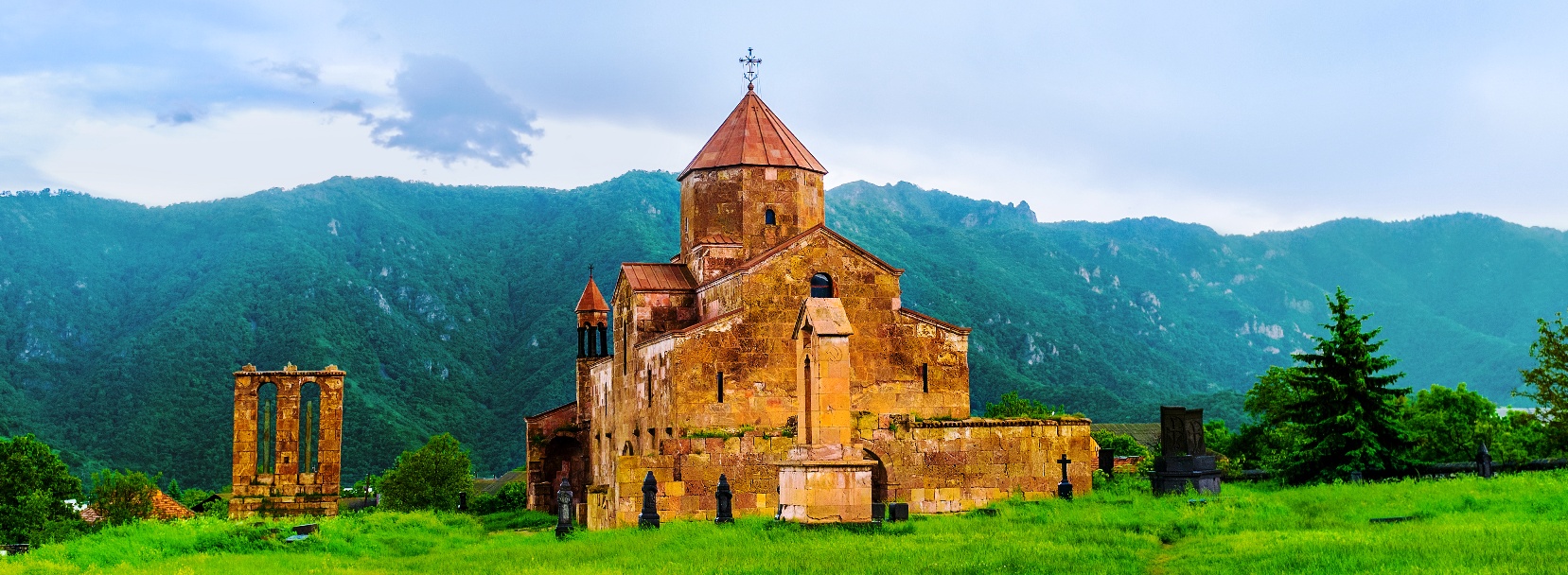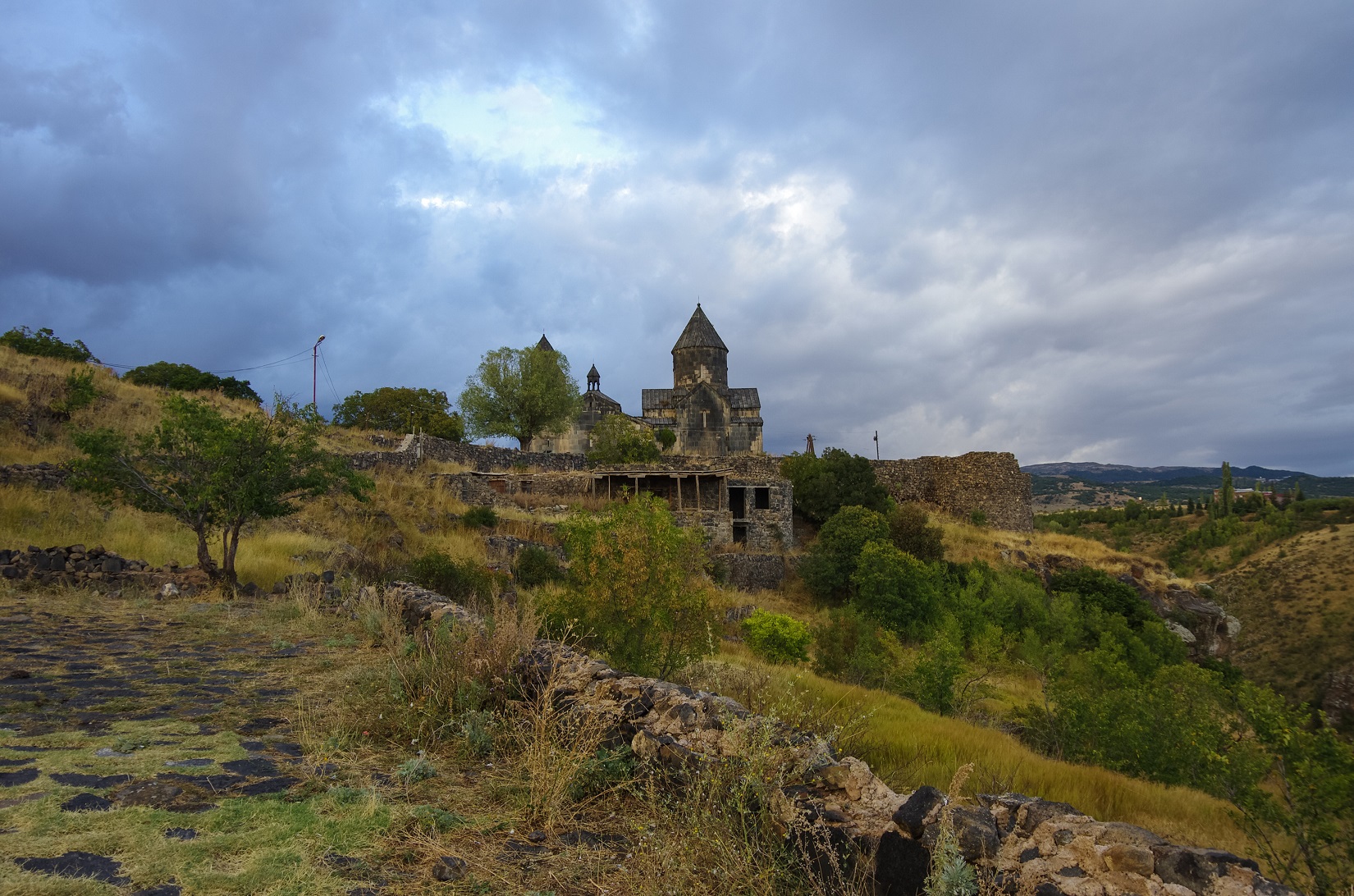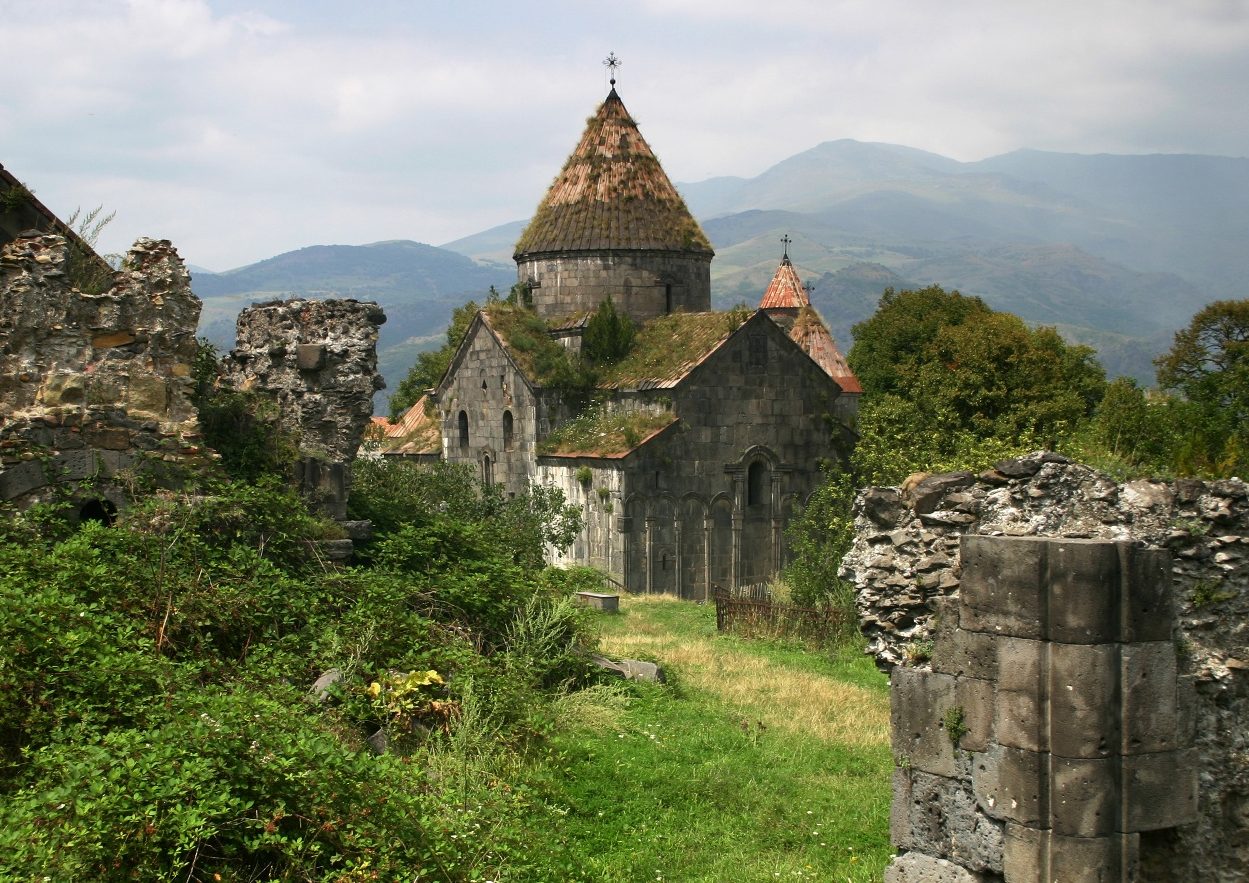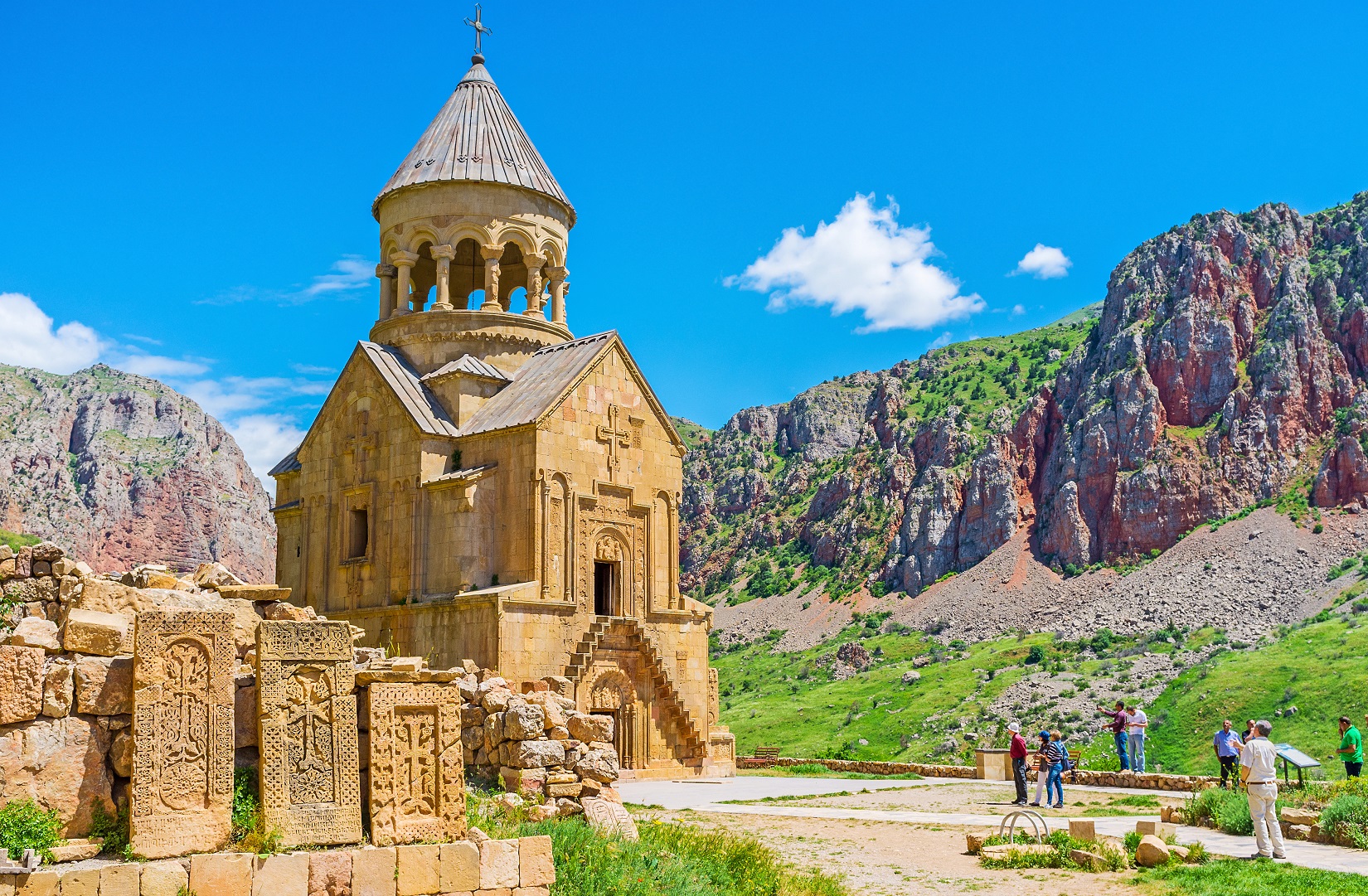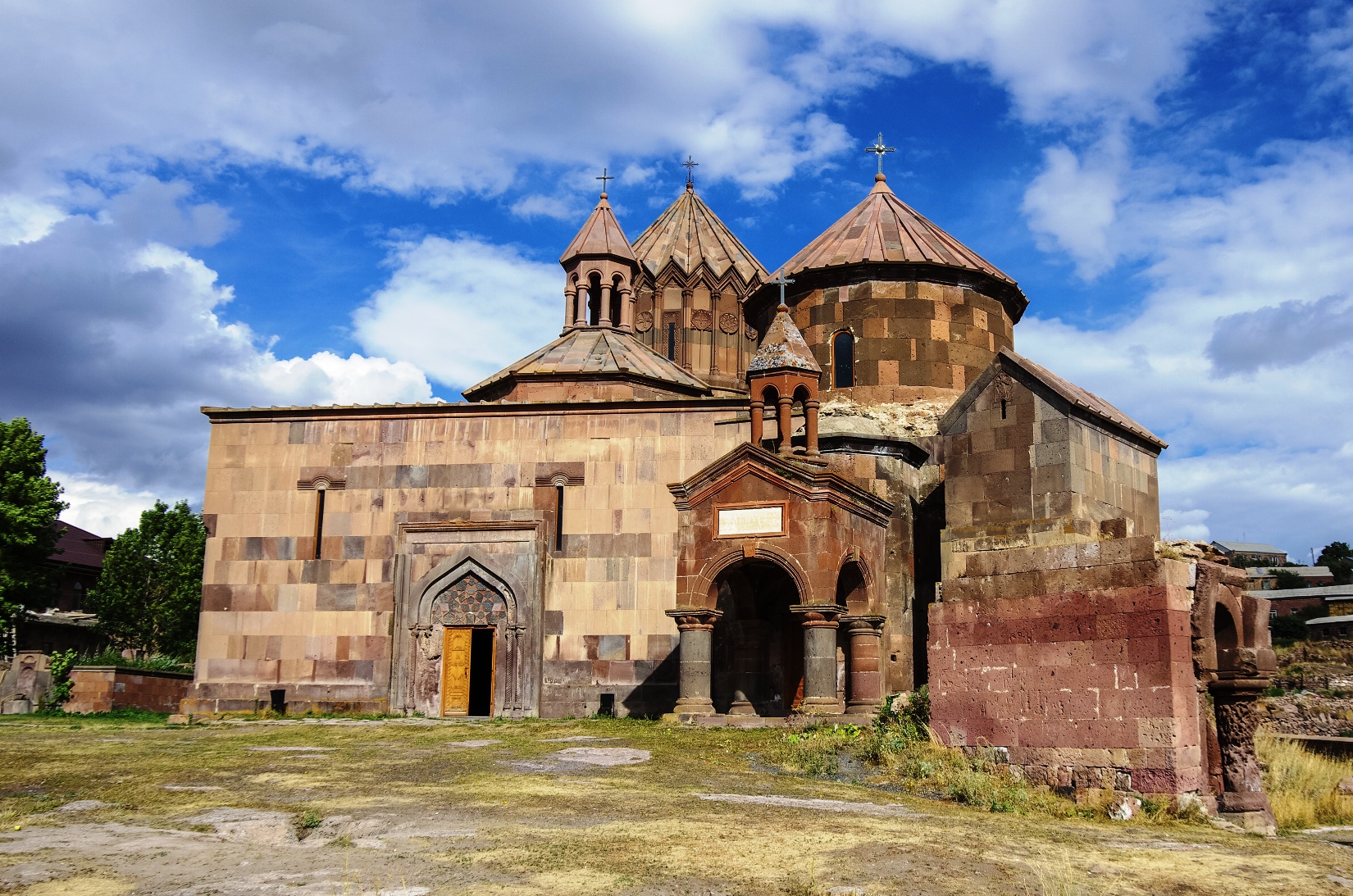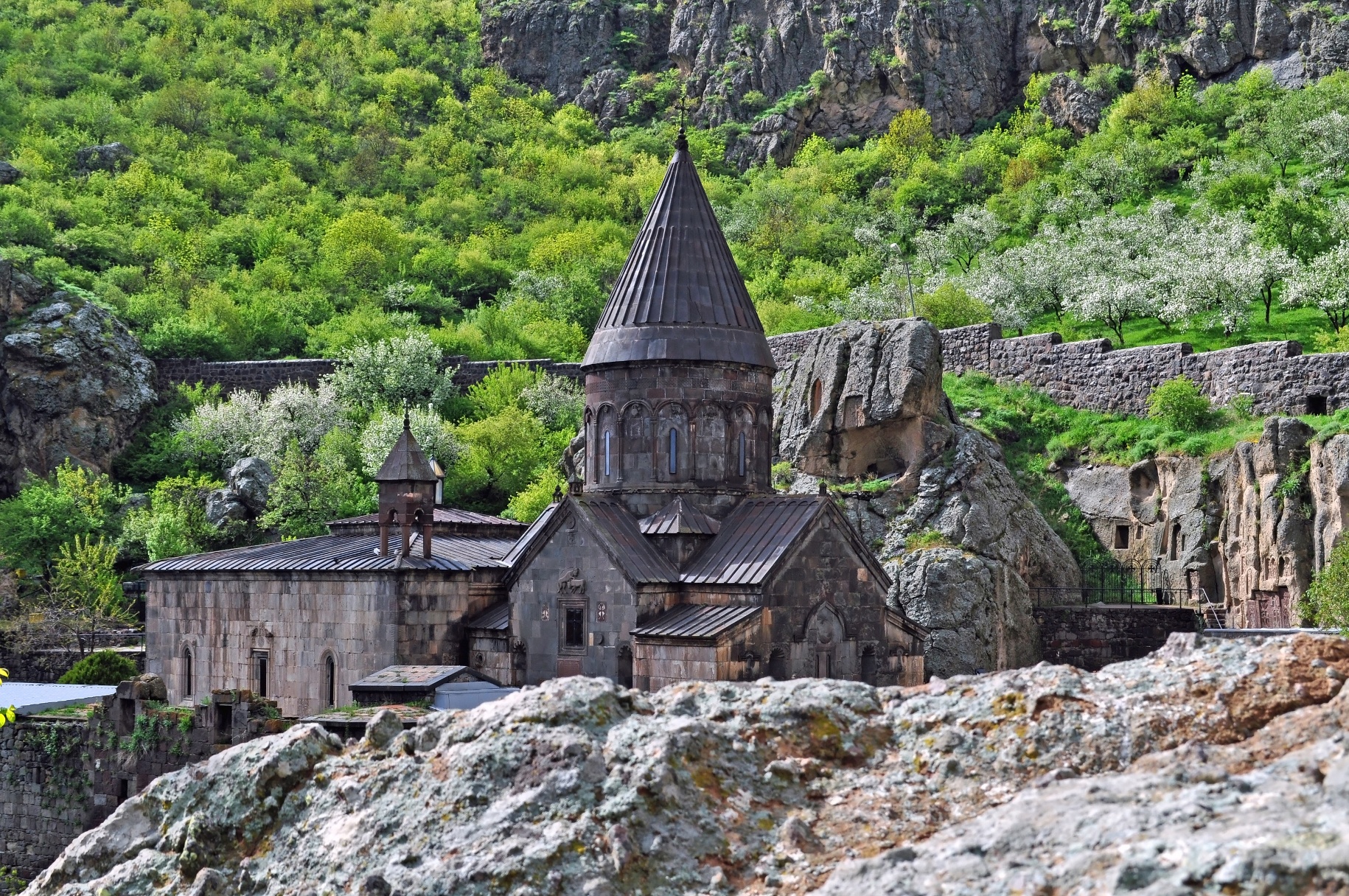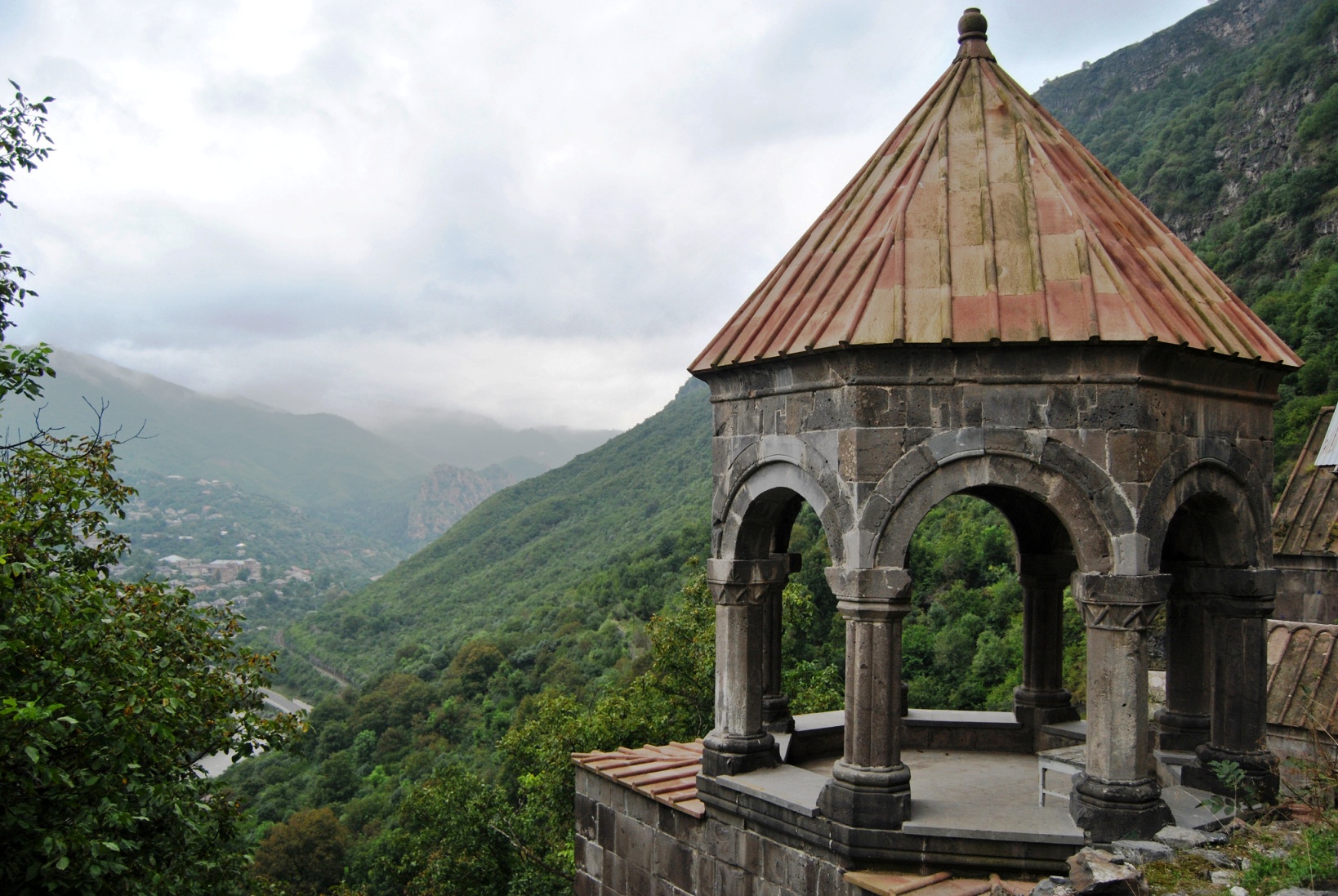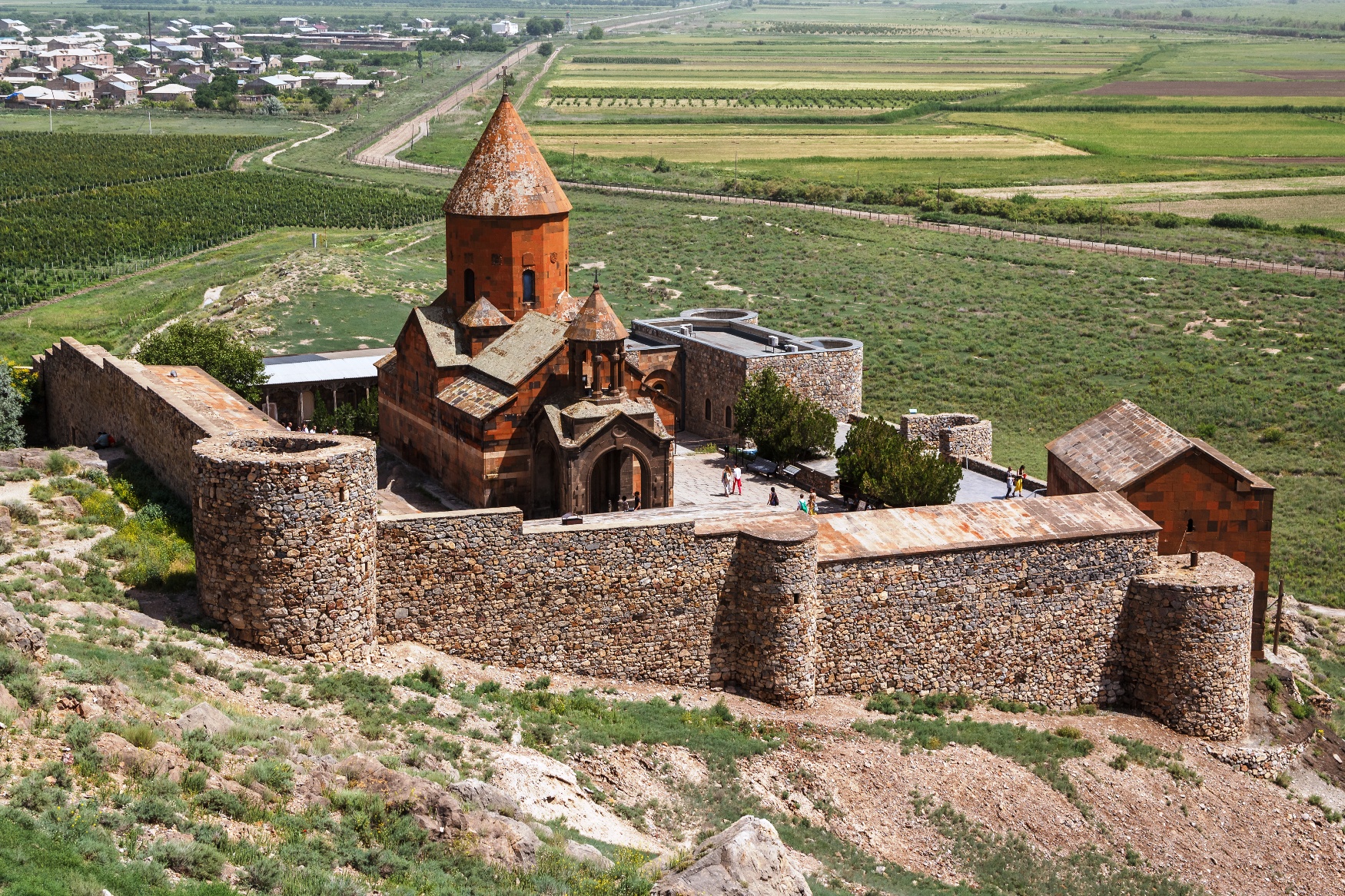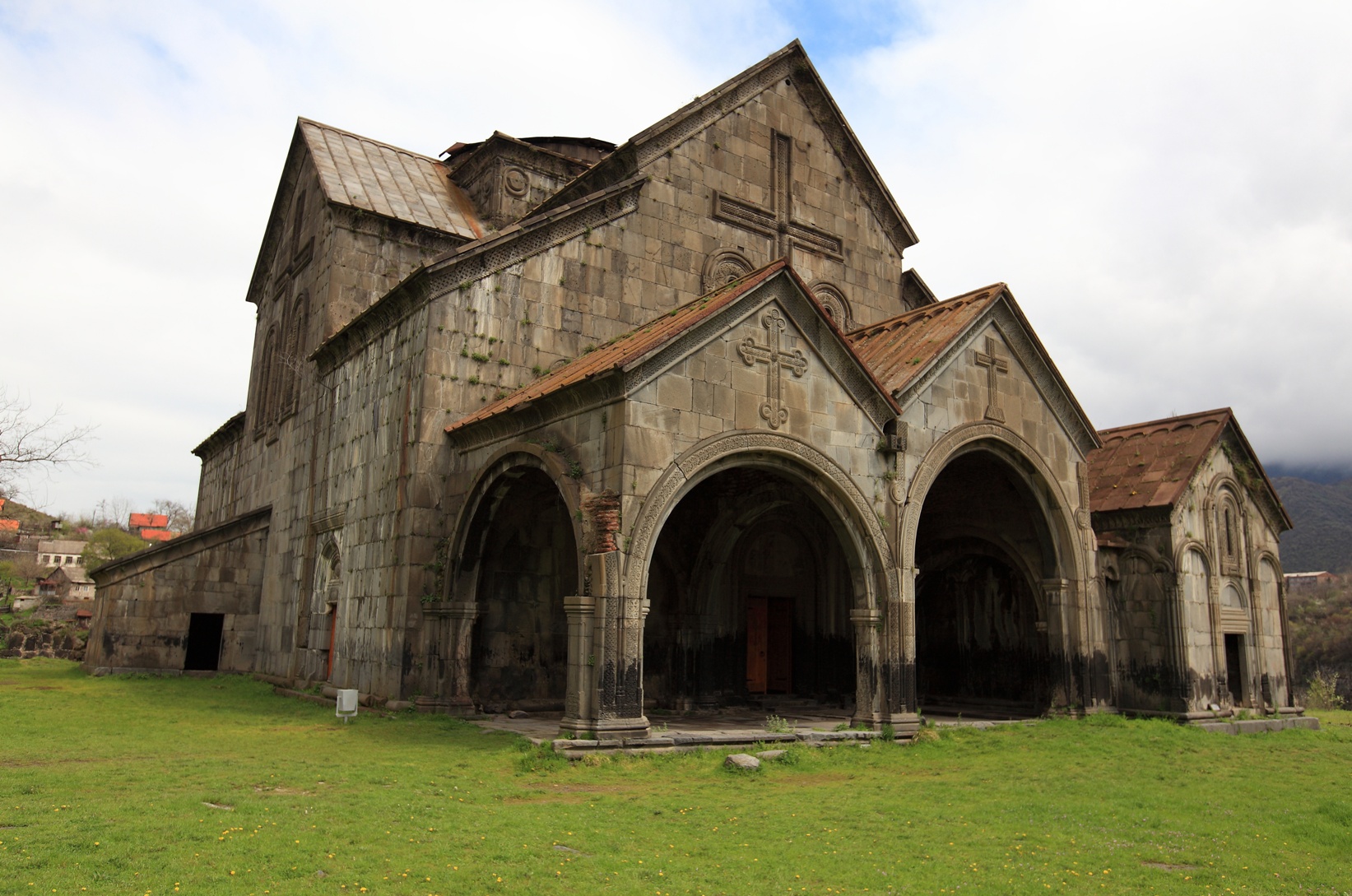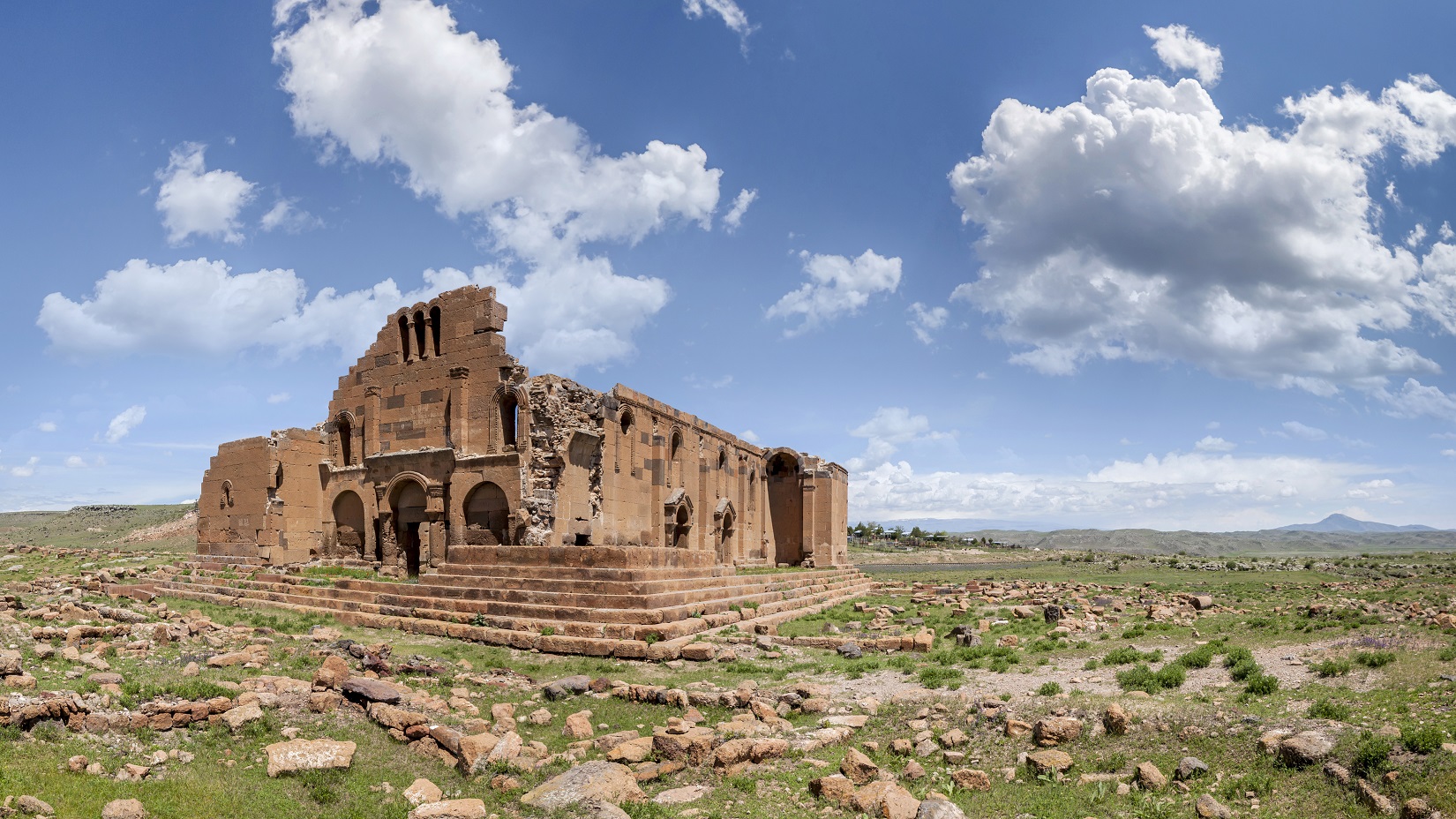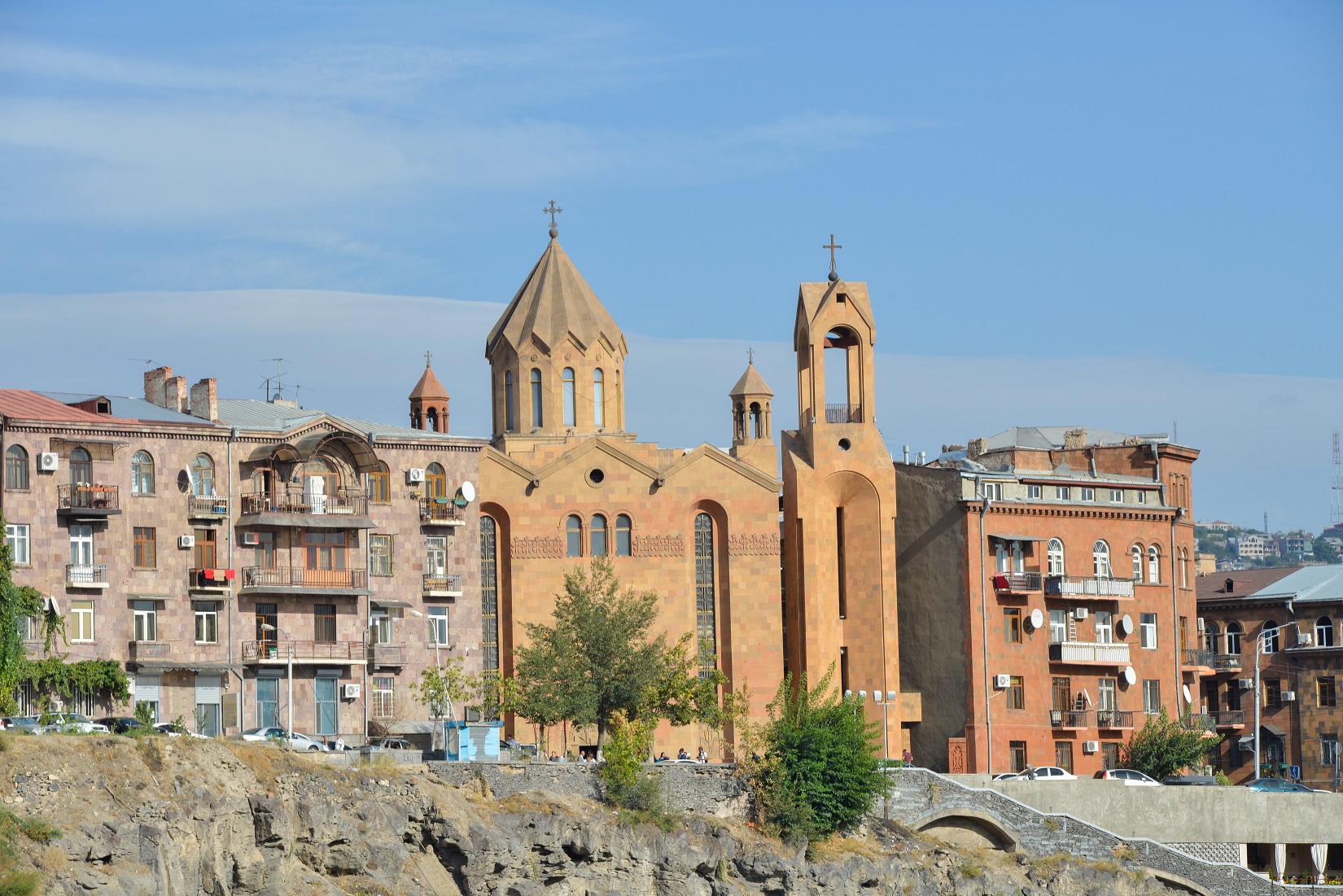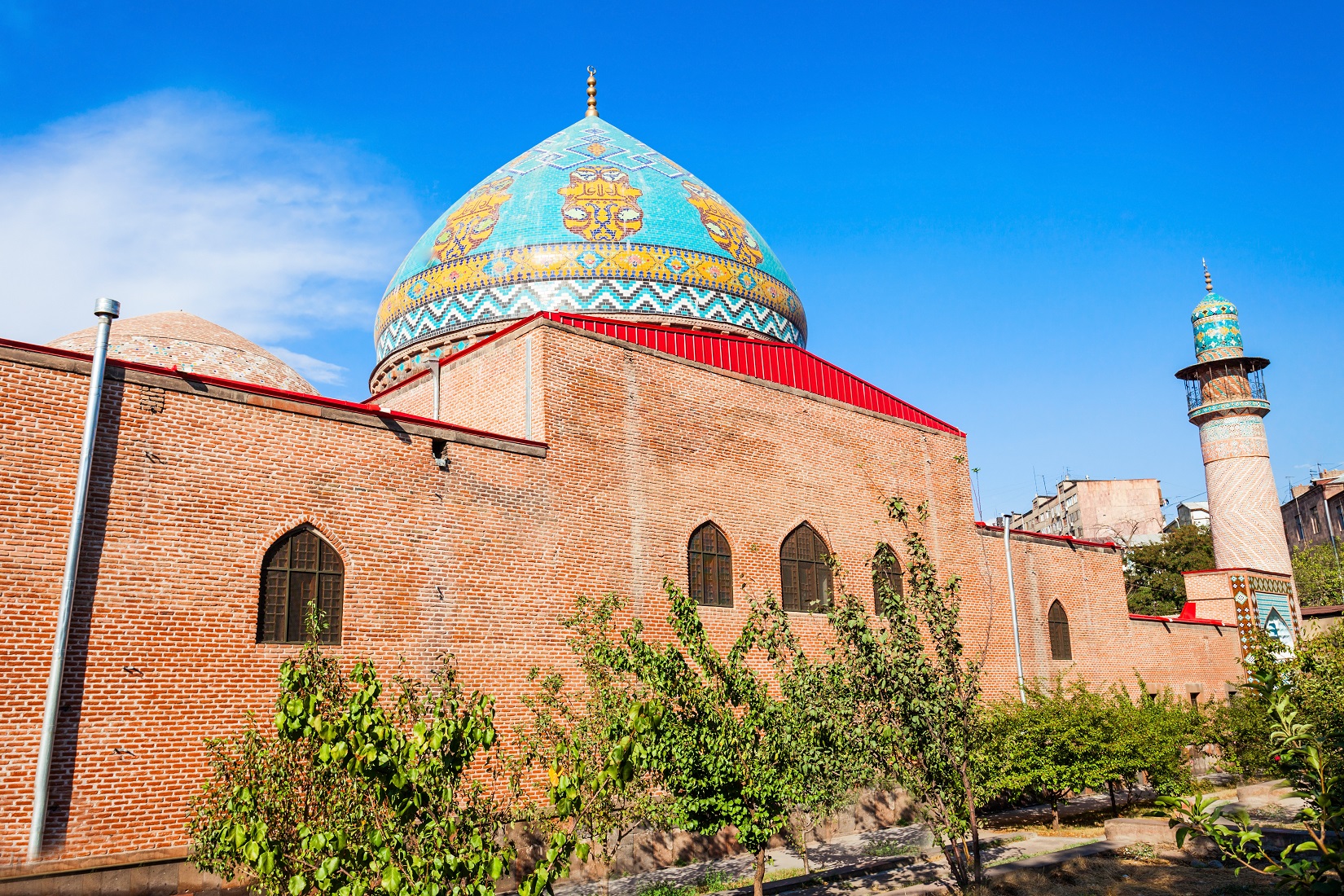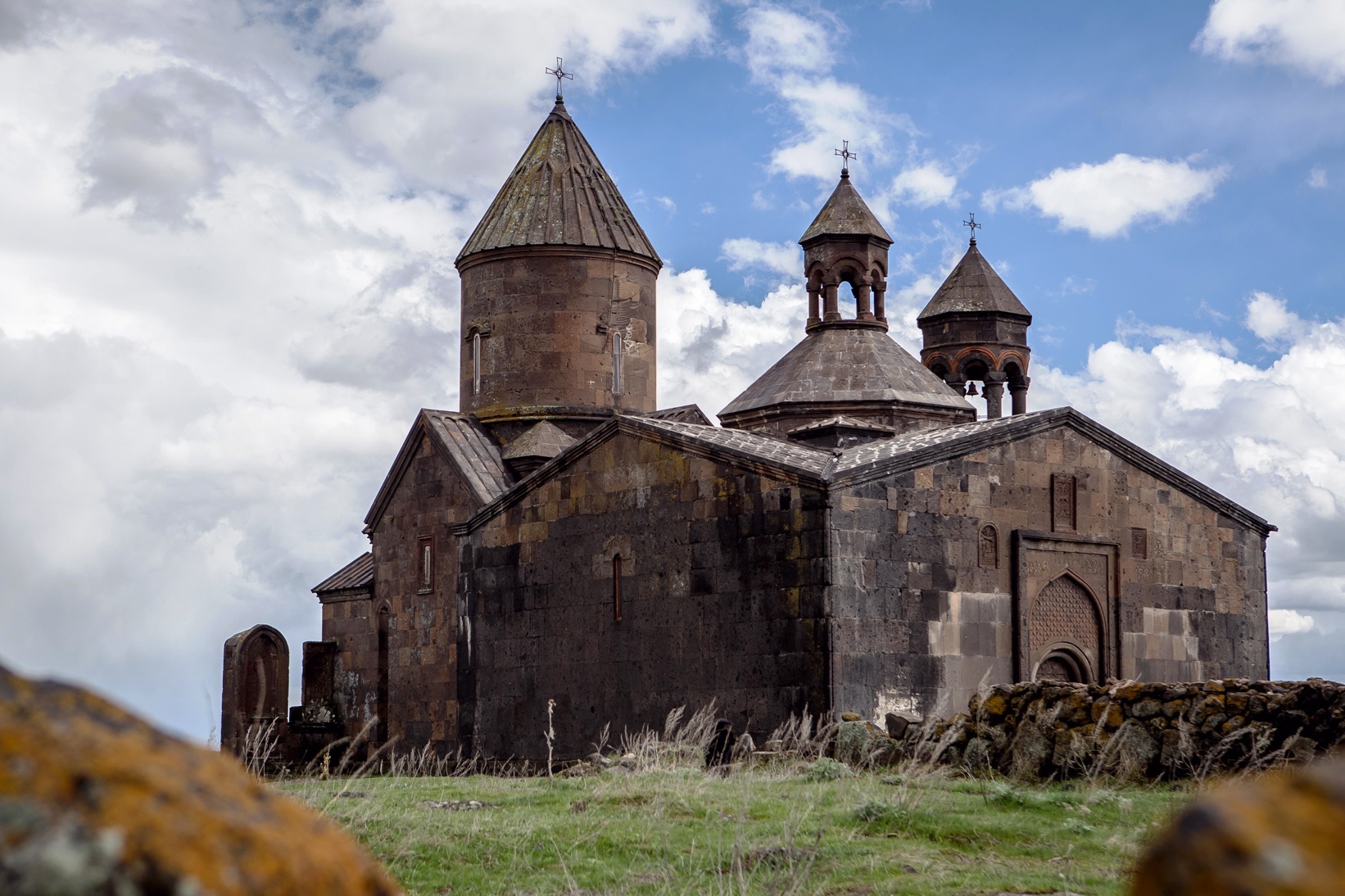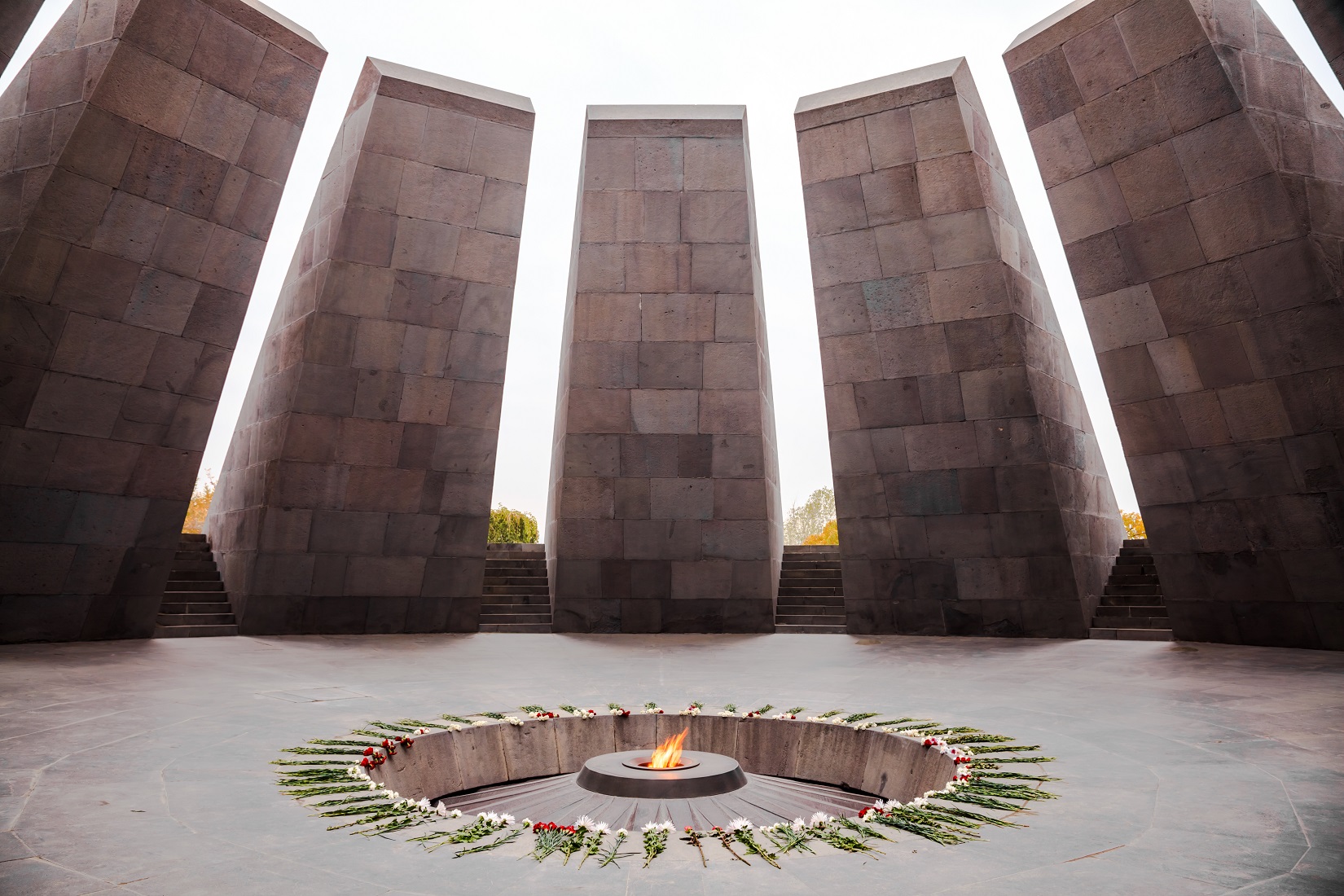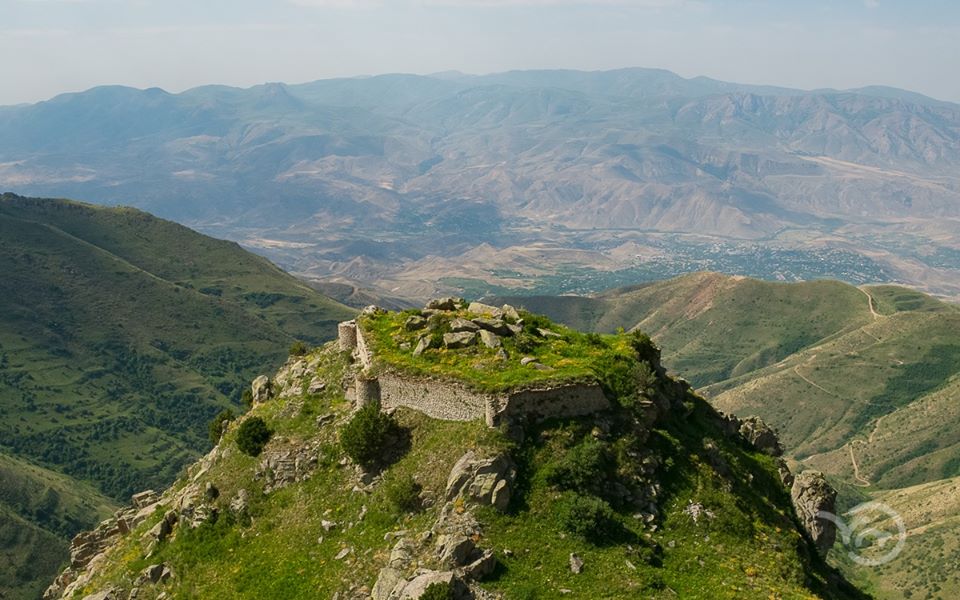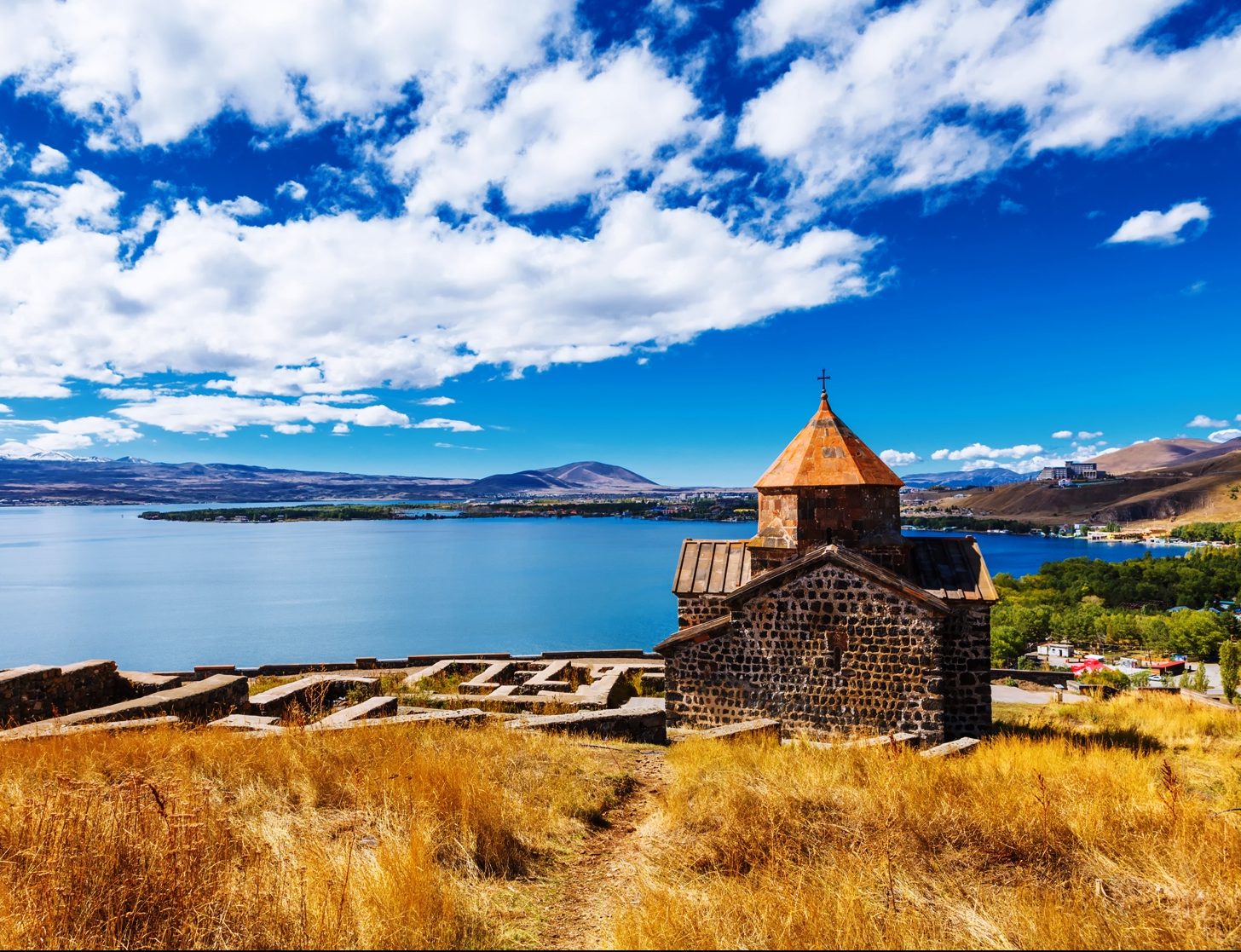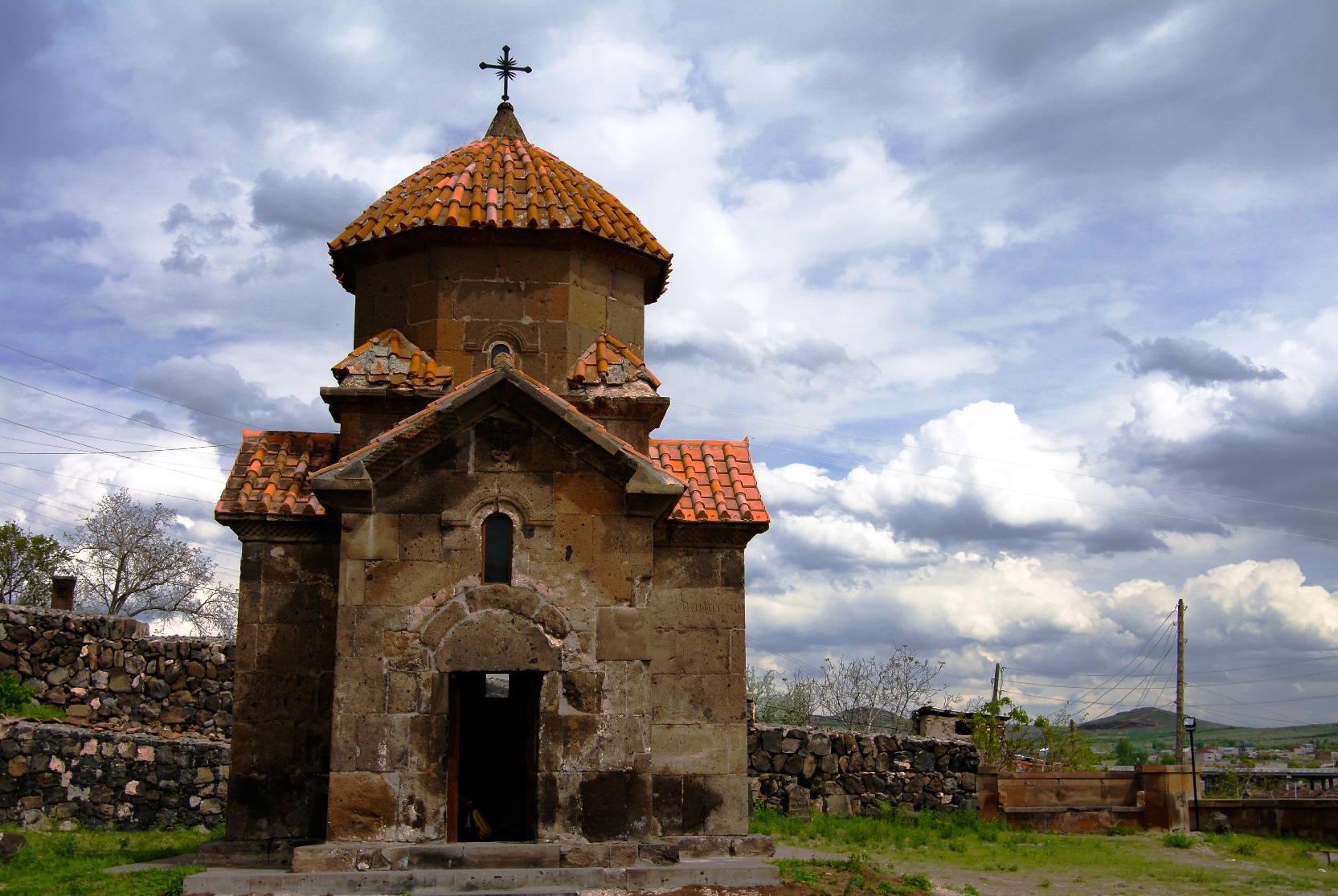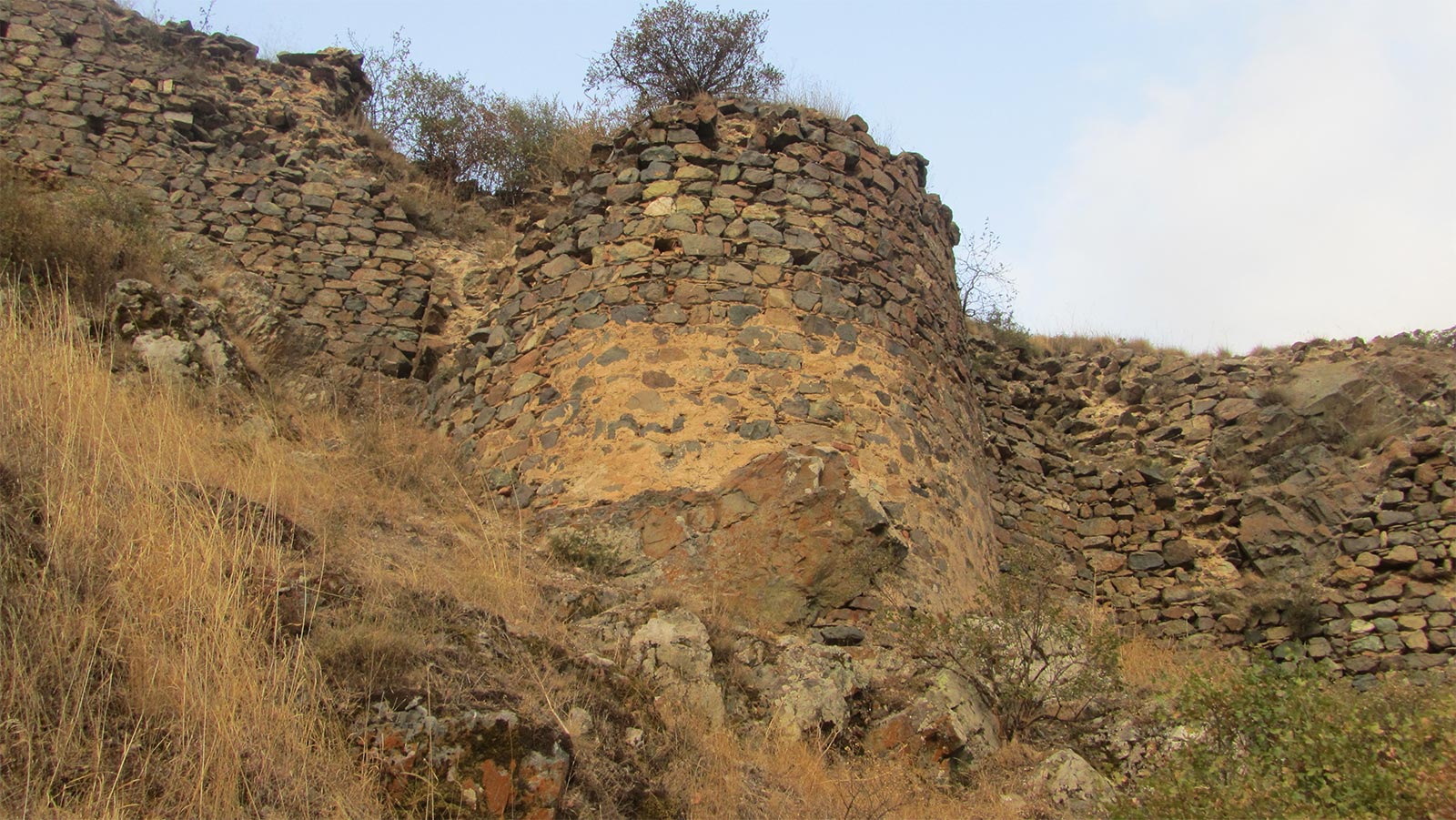Past, present, future… All people have their past, present and future and no matter how attractive or
disgusting these realities seem to them, they exist and it’s regardless of their efforts to deny or accept
them. So is with every single thing, no matter it’s breathing or not. And so is with countries and states.
They have their past, present and future. And if the present is somehow clear to us and the future is
vague, then the past is where people can delve into and uncover things of which they might not have
least notion. That’s where historical sources stretch out a helping hand. The other way to explore the
past is archaeology.
In a broader sense, archaeology is a science that studies the human activity in the past, and it’s perhaps
one of the primary sciences that help understand the development of human activity throughout the
years and centuries, their relations and creations. Especially those territories and areas are in the
limelight of archaeology, which were inhabited in the ancient times. In this regard, Armenia, the history
of which dates to thousands of years ago, is of utmost interest to archaeologists, and it could be even
said, that is a real treasure for them because it has lots of things to recount to not only archaeologists
but also the entire humanity.
Proper and on-site excavations have been held in Armenia since the 20th century and much more
detailed excavations were conducted after Armenia became an independent republic (1991; before that
Armenia was under foreign rule and since 1920 was a Soviet Union state). Excavations have revealed
various medieval ruins, chapels, bridges, churches, fortresses and so on. Probably one of the most
striking findings was the 5500-year old shoe found in Areni village, which proved to be older than the
leather shoe found on Otzi the Iceman (the natural mummy of a man who lived in 3300 BC; it was found
on the border between Austria and Italy), for four hundred years older than the one found at
Stonehenge, and for thousand years older than the ones found at Great Pyramid of Giza. The same
village has other surprises as well. It’s where a winery was found. It was concluded that this winery is for
thousand years older than the one discovered in the West Bank.
Have you heard about the British Stonehenge? What if there is an even older Stonehenge in Armenia,
which is believed to be the prototype of the British one and also to have a tight connection with it? No
matter how unrealistic this sounds, it exists and it’s called Karahunj. Until today there is no any agreed
upon assumption as to how it was built, how those huge stones were erected or what purpose they
were used for. But with all this vagueness it is suggested that the Armenian Karahunj was built around
7,500 years ago. It means that it’s 3,500 years older than the British Stonehenge, which has a history of
4000 years only.
While these discoveries might seem surprising to many people who are not aware of the Armenian
heritage, Armenian people and Armenian country, those who are aware will simply smile and even make
expressions like, “Ah, Armenians, it’s again them” and suchlike. This is what makes every Armenian
make a proud face and perhaps that is the reason why most of them walk their noses high in the air.
Note that the manner Armenians walk has nothing to do with their friendly attitude and hospitality,
those are two different sides of the coin.

